In recent years, Tesla has revolutionized the automotive industry with its cutting-edge electric vehicles. However, amidst the praise for their performance and technology, a persistent narrative has emerged questioning the quality of Tesla interiors. This article aims to explore the truth behind these claims and provide a comprehensive analysis of Tesla's interior design, materials, and overall quality.
The Myth Surrounding Tesla Interiors
The perception that Tesla interiors are subpar has gained traction in various automotive circles and online forums. Critics often point to alleged issues such as panel gaps, inconsistent fit and finish, and the use of materials that some consider less premium compared to traditional luxury brands. However, it's essential to examine these claims objectively and consider the context in which Tesla operates.
Tesla, as a relatively young automaker, has approached car design with a fresh perspective, prioritizing minimalism, sustainability, and technological integration. This departure from conventional luxury car interiors has led to polarized opinions among consumers and industry experts alike.
Overview of Tesla's Interior Design
Tesla's interior design philosophy centers around simplicity and futurism. The most striking feature of a Tesla interior is the large central touchscreen that dominates the dashboard, controlling most of the vehicle's functions. This approach eliminates many physical buttons and knobs found in traditional car interiors, creating a clean and uncluttered aesthetic.
The tesla interior material choices reflect this minimalist ethos. Tesla opts for a mix of synthetic and natural materials, focusing on durability and eco-friendliness. The overall design language emphasizes spaciousness and airiness, with panoramic glass roofs being a signature feature across most models.

Comparison with Other Luxury Brands
When comparing Tesla interiors to those of established luxury brands like Mercedes-Benz, BMW, or Audi, it's important to consider the different design philosophies at play. Traditional luxury brands often emphasize opulence through the use of premium materials like wood veneers, chrome accents, and high-end leathers.
Tesla, on the other hand, prioritizes a more futuristic and tech-forward approach. While some may perceive this as less luxurious in the conventional sense, it appeals to a different set of preferences centered around innovation and sustainability.
The tesla interior quality debate often stems from these differing expectations of what constitutes a luxury interior. While Tesla may not match the tactile luxury of some competitors, it excels in areas such as interface design, over-the-air updates, and integration of cutting-edge technology.
Types of Materials Used in Tesla Interiors
Understanding what is tesla interior made of is crucial to evaluating its quality. Tesla uses a variety of materials across its model range:
- Synthetic Leather: Tesla's vegan leather, branded as "Tesla Synthetic Material," is used extensively for seating surfaces. This material is designed to be durable, easy to clean, and cruelty-free.
- Alcantara: This synthetic suede-like material is used in some models for headliners and accent pieces, providing a premium feel.
- Wood Trim: Depending on the model and configuration, Tesla incorporates real wood veneers in dashboard and door panel accents.
- Recycled Materials: In line with their sustainability goals, Tesla incorporates recycled plastics and fabrics in various interior components.
- Glass: Large glass surfaces, including the panoramic roofs and touchscreens, are a significant part of the interior design.

The tesla model 3 interior material choices reflect the company's focus on simplicity and durability. The Model 3 primarily features synthetic leather seating, a minimalist dashboard with a wood strip, and a mix of soft-touch and hard plastics for other surfaces.
For the Model Y, the tesla model y interior material selection is similar to the Model 3, with some variations in texture and finish to differentiate the crossover SUV.
The tesla interior seat material across all models is primarily the synthetic leather, which has received praise for its comfort and easy maintenance. However, some users accustomed to traditional leather may find it less premium in feel.
User Experience in Long Drives
One of the true tests of interior quality is how it holds up during long drives. Tesla interiors have generally received positive feedback in this regard. The seats, often criticized for their minimalist design, have proven to be surprisingly comfortable over extended periods.
The spaciousness of Tesla interiors, coupled with the panoramic glass roofs, contributes to a feeling of openness that can reduce fatigue on long journeys. The large touchscreen, while initially seeming distracting, becomes intuitive for most users over time.
However, some users have reported issues with wind noise at higher speeds, which can be attributed to the design's emphasis on large glass surfaces. Tesla has made improvements in this area with each model iteration.
Durability Over Time
The longevity of interior components is a crucial factor in assessing overall quality. Tesla interior quality issues have been reported by some owners, particularly in earlier production models. These issues have included:
- Squeaks and rattles developing over time
- Wear on high-touch surfaces like armrests and steering wheels
- Discoloration of light-colored synthetic leather
- Delamination of screen protectors on the central display
It's worth noting that Tesla has been responsive to these issues, often addressing them through design improvements in subsequent production runs. The company's over-the-air update capability also allows for software-based solutions to some interior-related problems.
The tesla interior build quality has seen improvements across generations of vehicles. Early Model S vehicles were more prone to issues, while newer models like the refreshed Model S and Model Y have shown better consistency in fit and finish.
Alternative Solutions and Customizations
For those who find the stock car interior lacking, a robust aftermarket ecosystem has developed to offer customization options. These include:
- Interior wraps to change the appearance of dashboard and trim pieces
- Aftermarket seat covers in various materials and designs
- Additional sound deadening materials to reduce road noise
- Custom floor mats and trunk liners for improved protection
Tesla itself offers some customization options, though they are more limited compared to traditional luxury brands. The company's focus on streamlined production means fewer variables in interior options.
Conclusion: Assessing Tesla Interior Quality
The debate over tesla interior quality is complex and often subjective. While Tesla interiors may not meet traditional luxury standards in some aspects, they excel in others:
Pros:
- Innovative design with a focus on simplicity and technology
- Sustainable material choices
- Spacious feel with excellent visibility
- Comfortable for long drives
- Continuous improvements through software updates
Cons:
- Some perceived issues with fit and finish, especially in earlier models
- Limited customization options from the factory
- Materials may not feel as premium as some luxury competitors
The tesla model s interior quality has seen significant improvements since the model's introduction, addressing many early criticisms. However, some buyers may still prefer the more traditional luxury approach of competitors.
Ultimately, the perception of Tesla's interior quality depends largely on individual preferences and expectations. For those who value cutting-edge technology, minimalist design, and sustainability, car interiors often exceed expectations. For others accustomed to traditional luxury car interiors, there may be an adjustment period.
As Tesla continues to refine its manufacturing processes and respond to customer feedback, it's likely that interior quality will continue to improve. The company's commitment to innovation suggests that future Tesla interiors will push boundaries in both design and materials technology.
When considering a car purchase, it's advisable to experience the interior firsthand through a test drive or showroom visit. This hands-on experience can provide a better sense of the interior quality than secondhand reports or online debates.

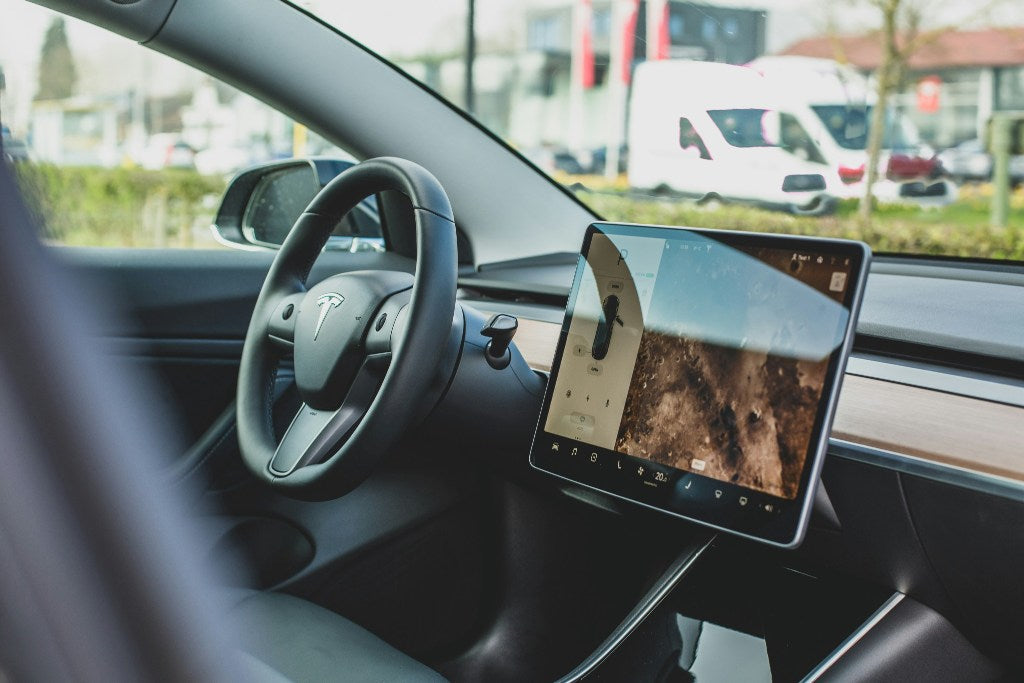
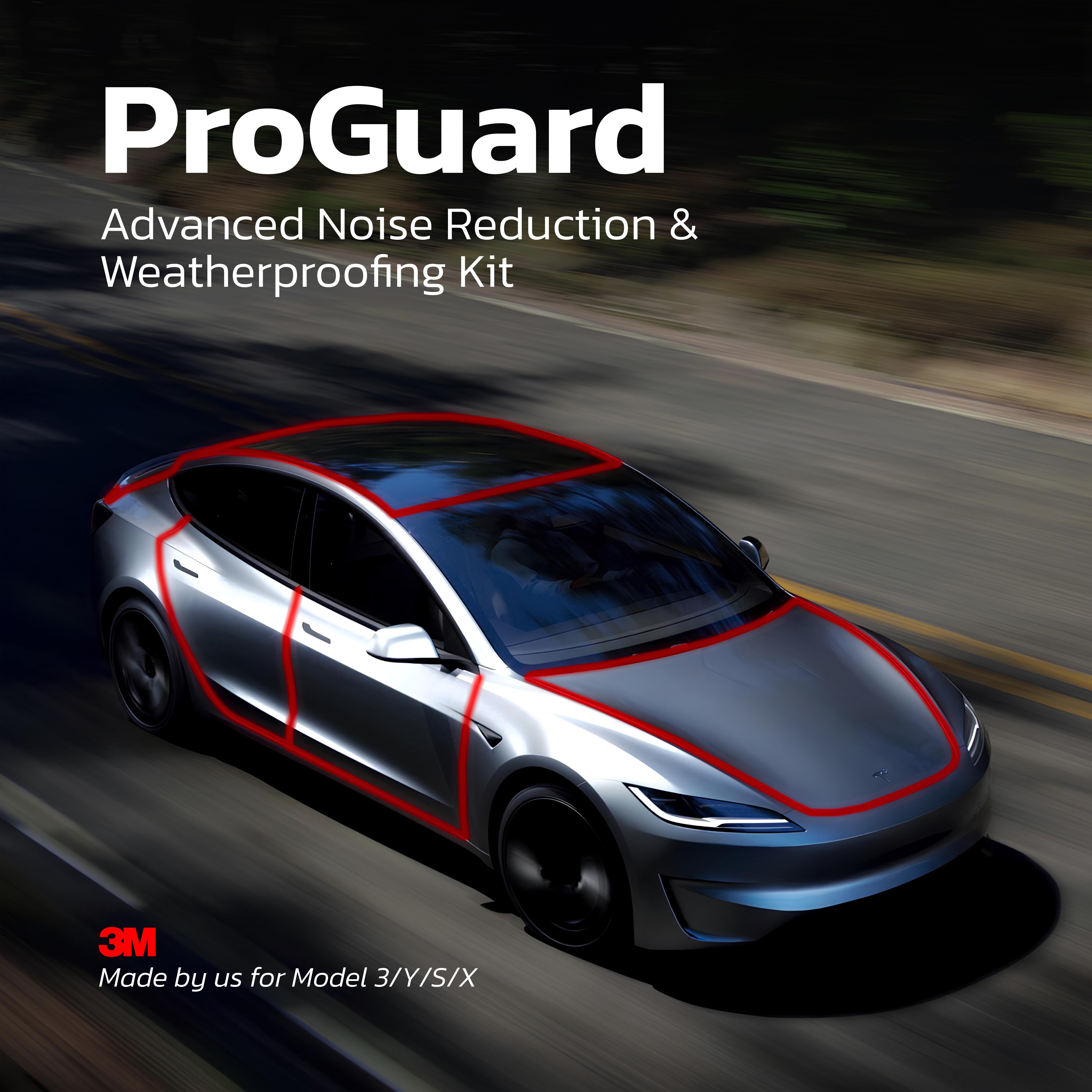
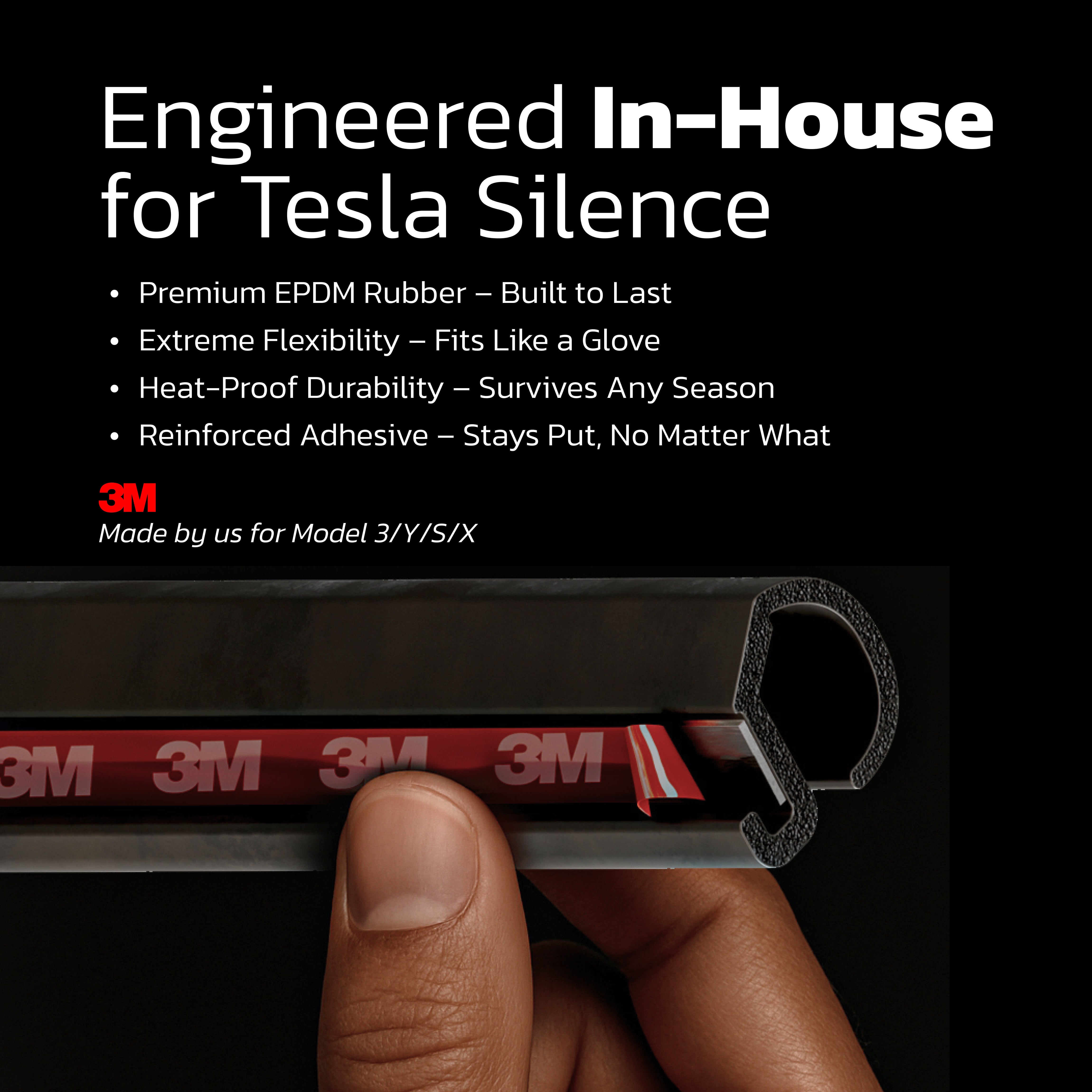
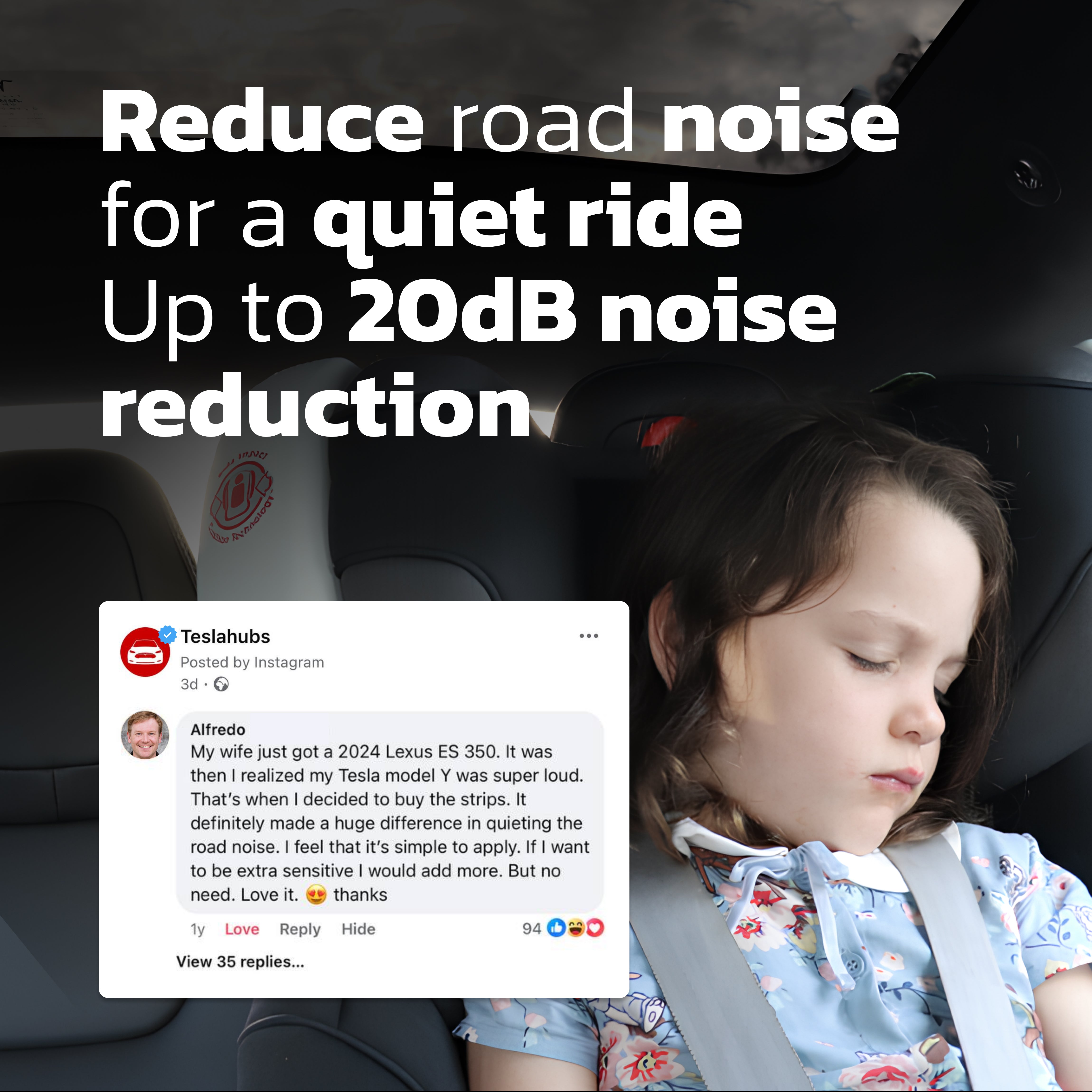
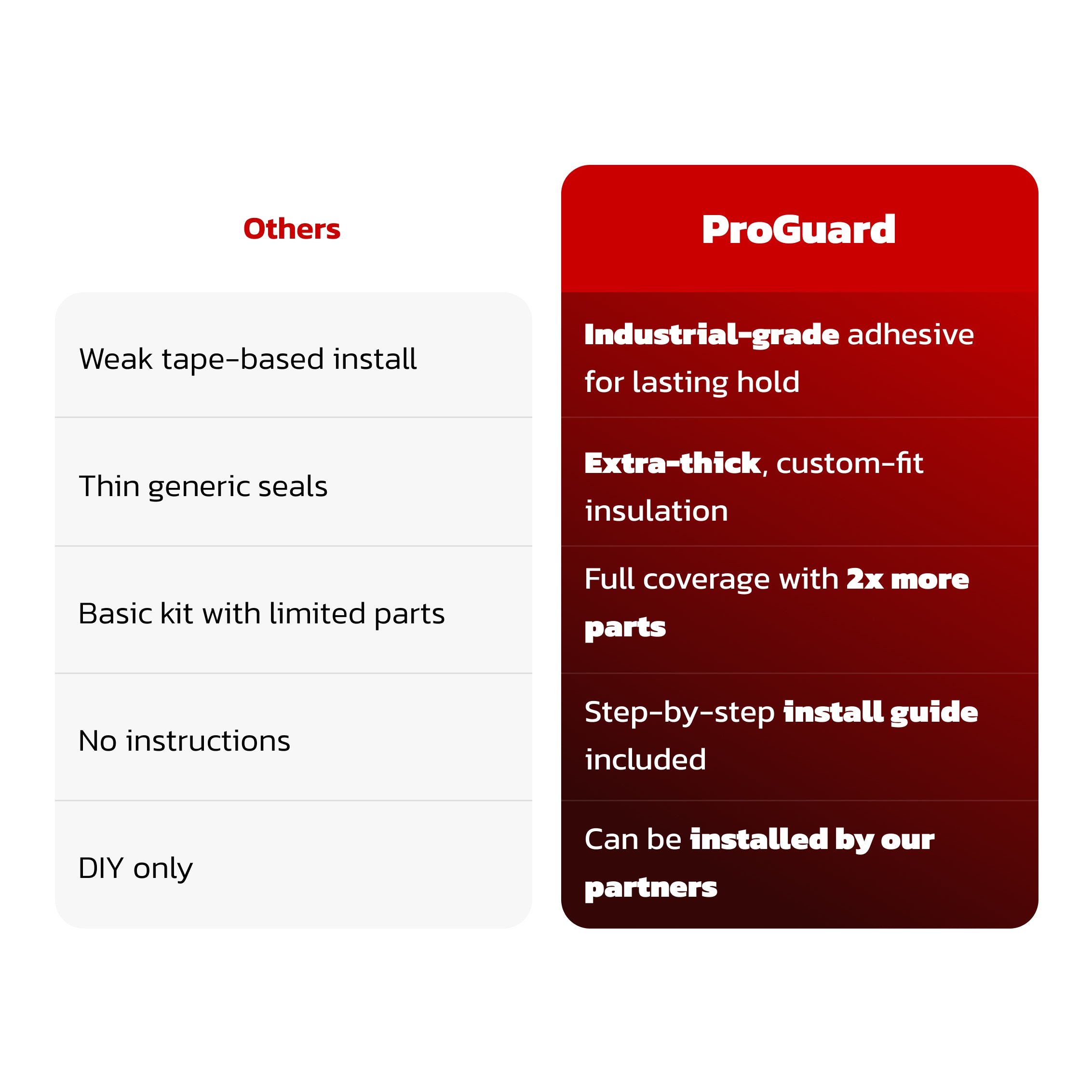
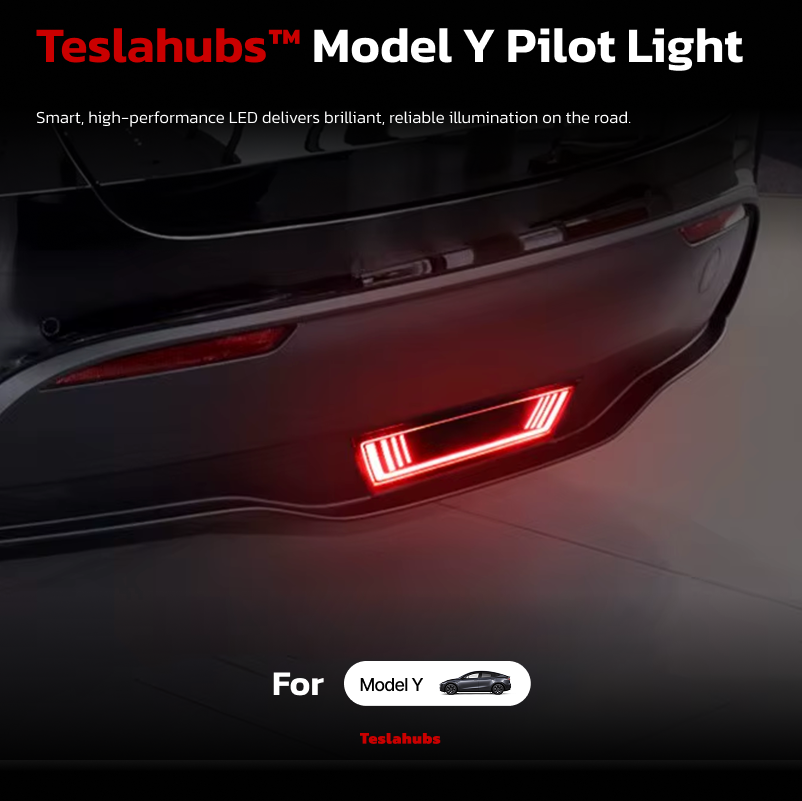
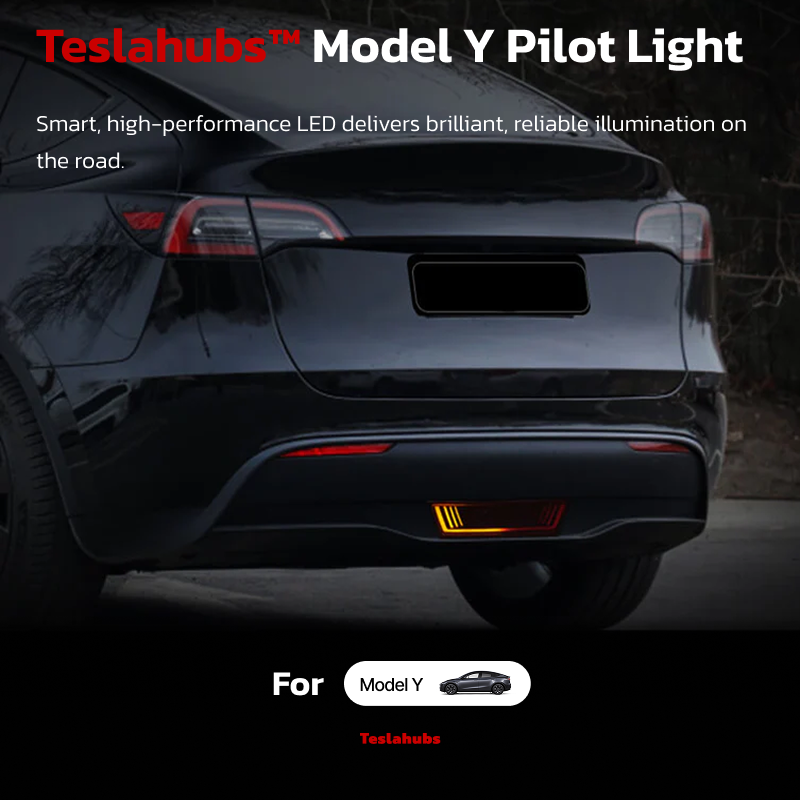
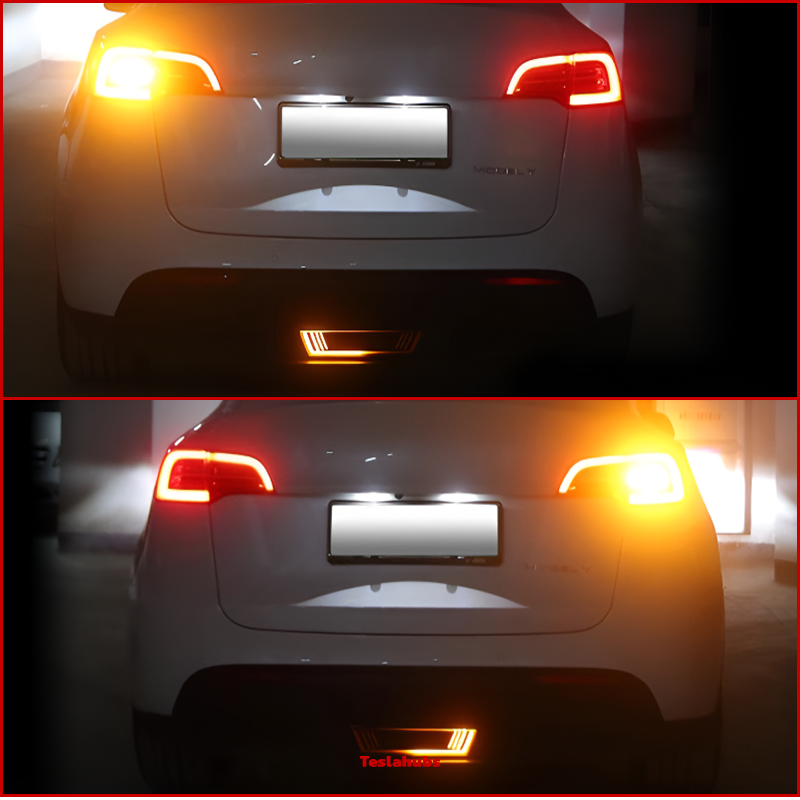
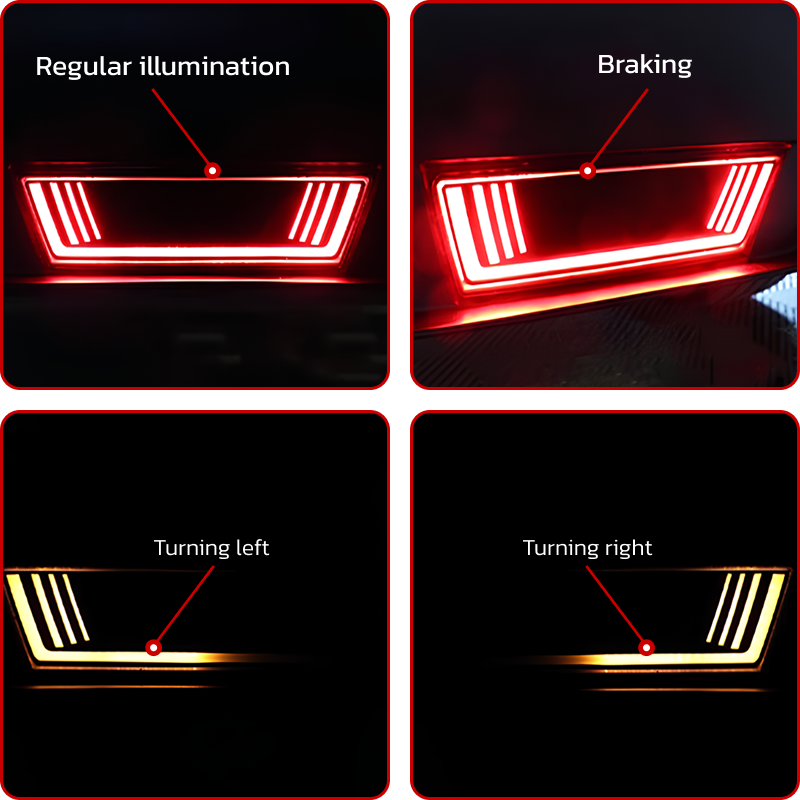
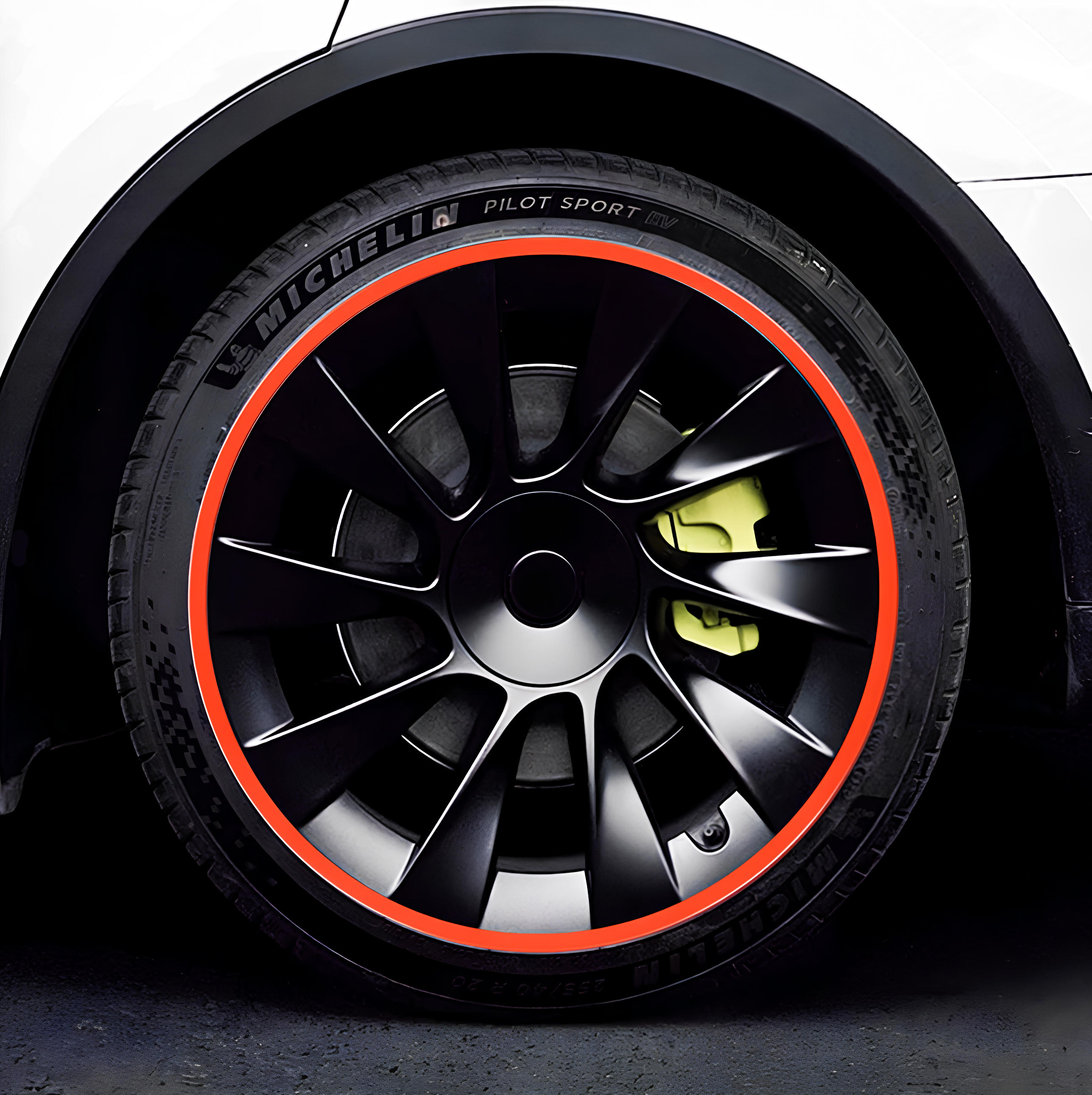
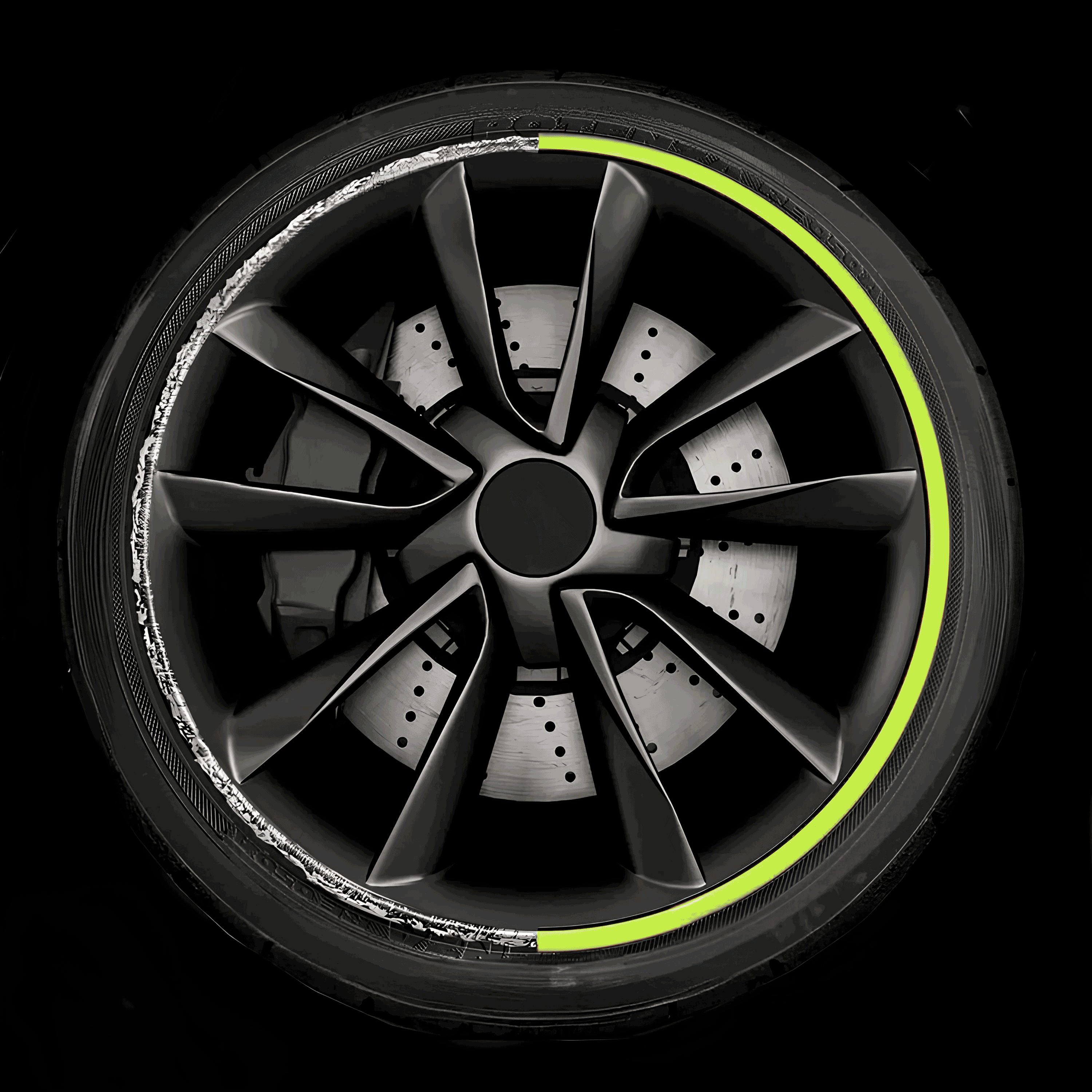
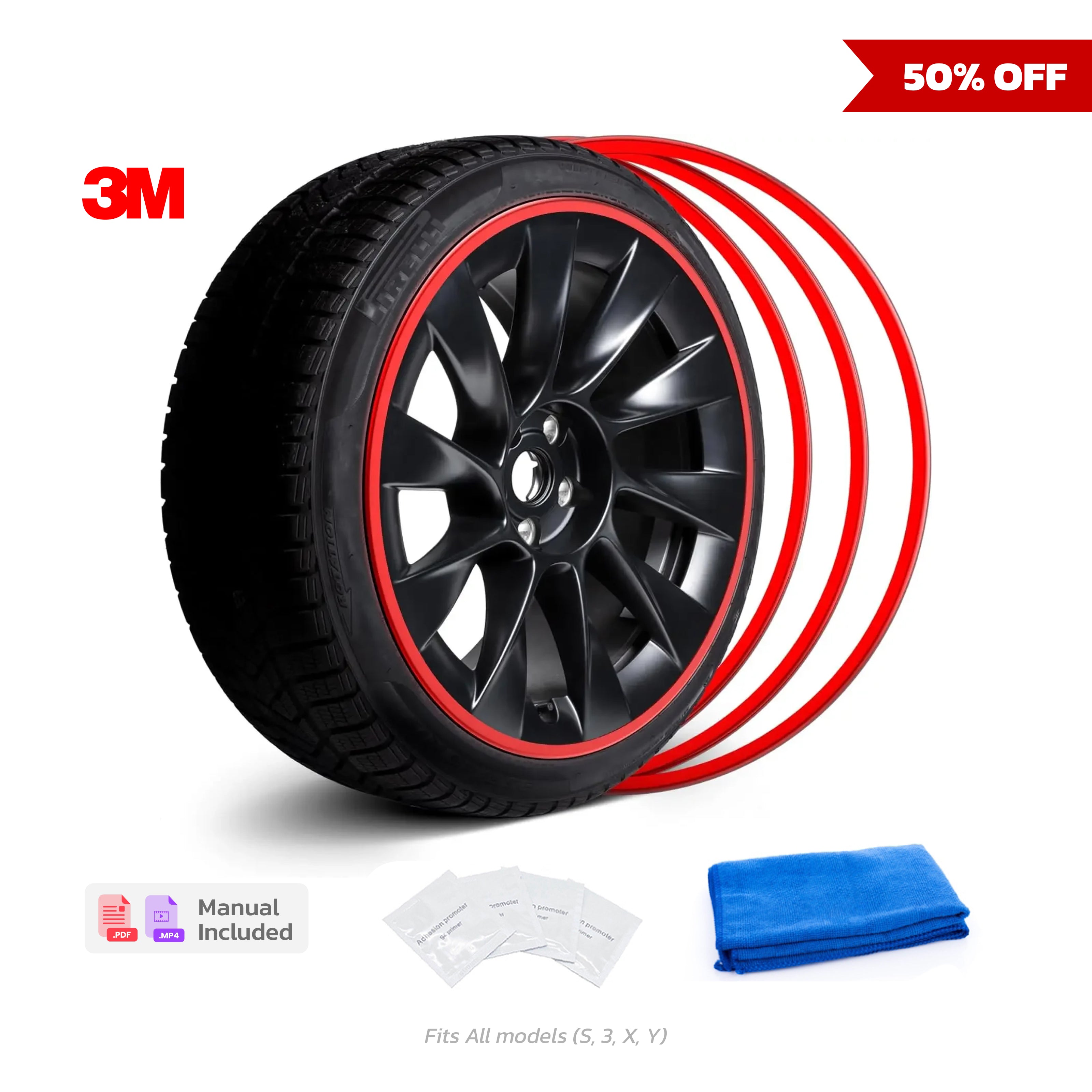
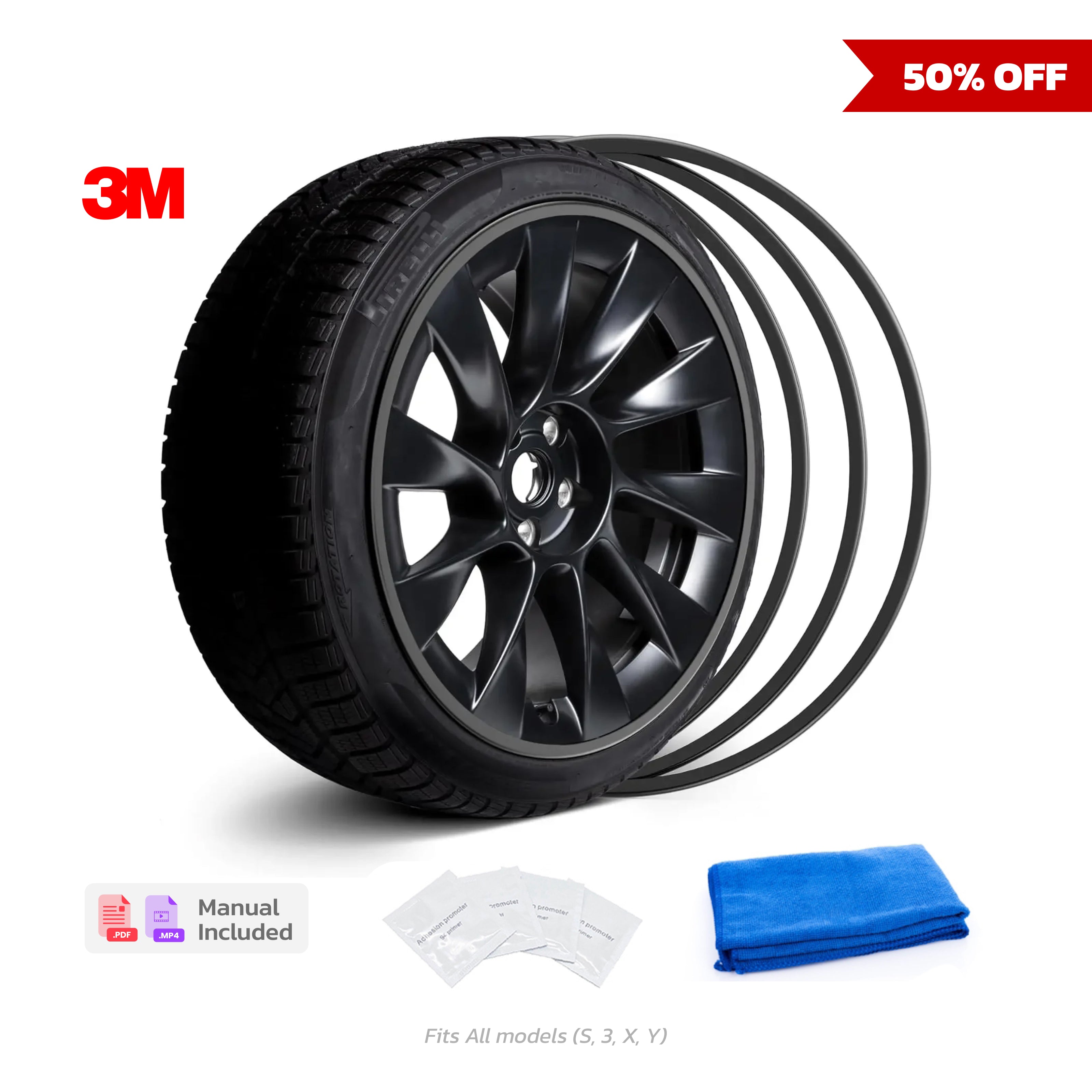
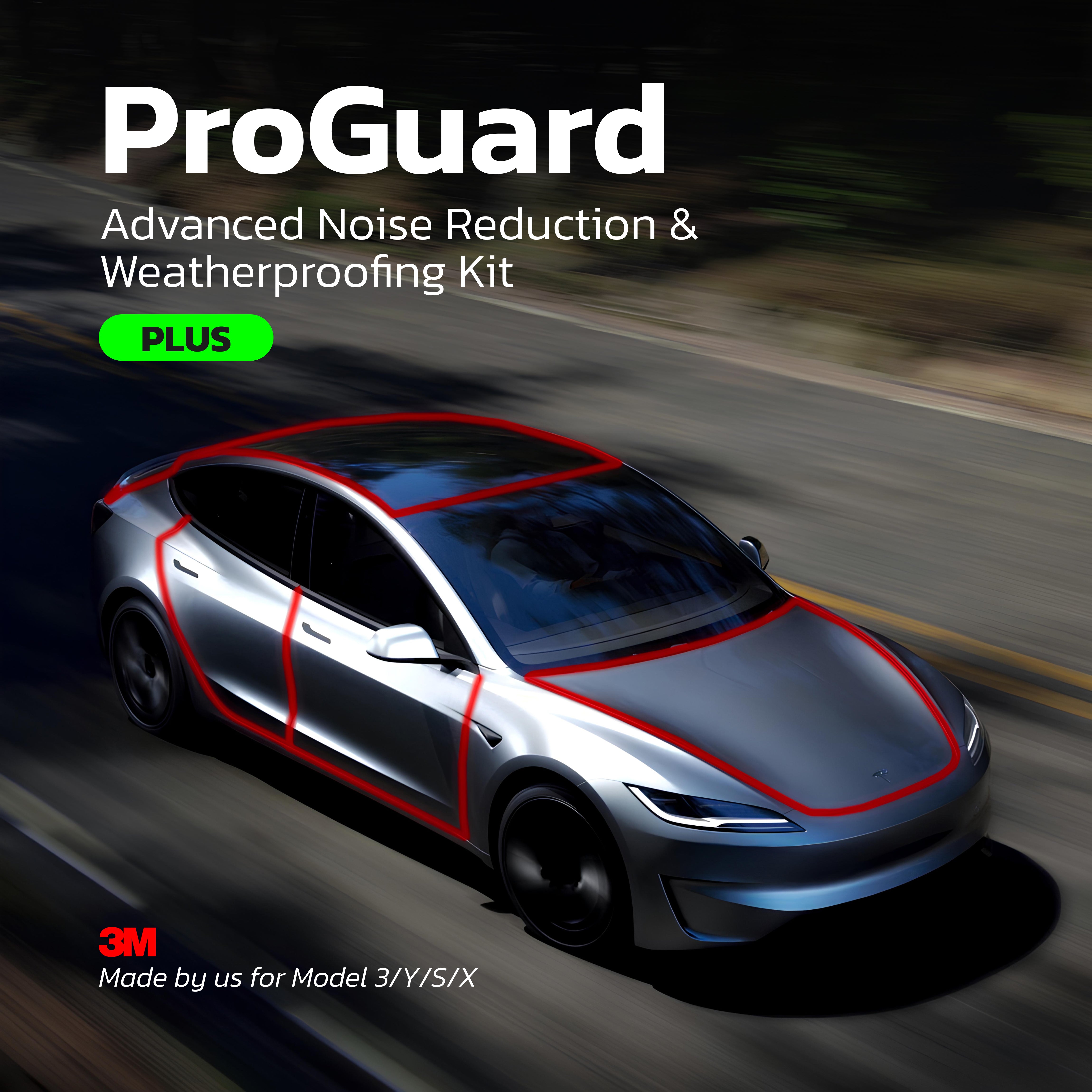
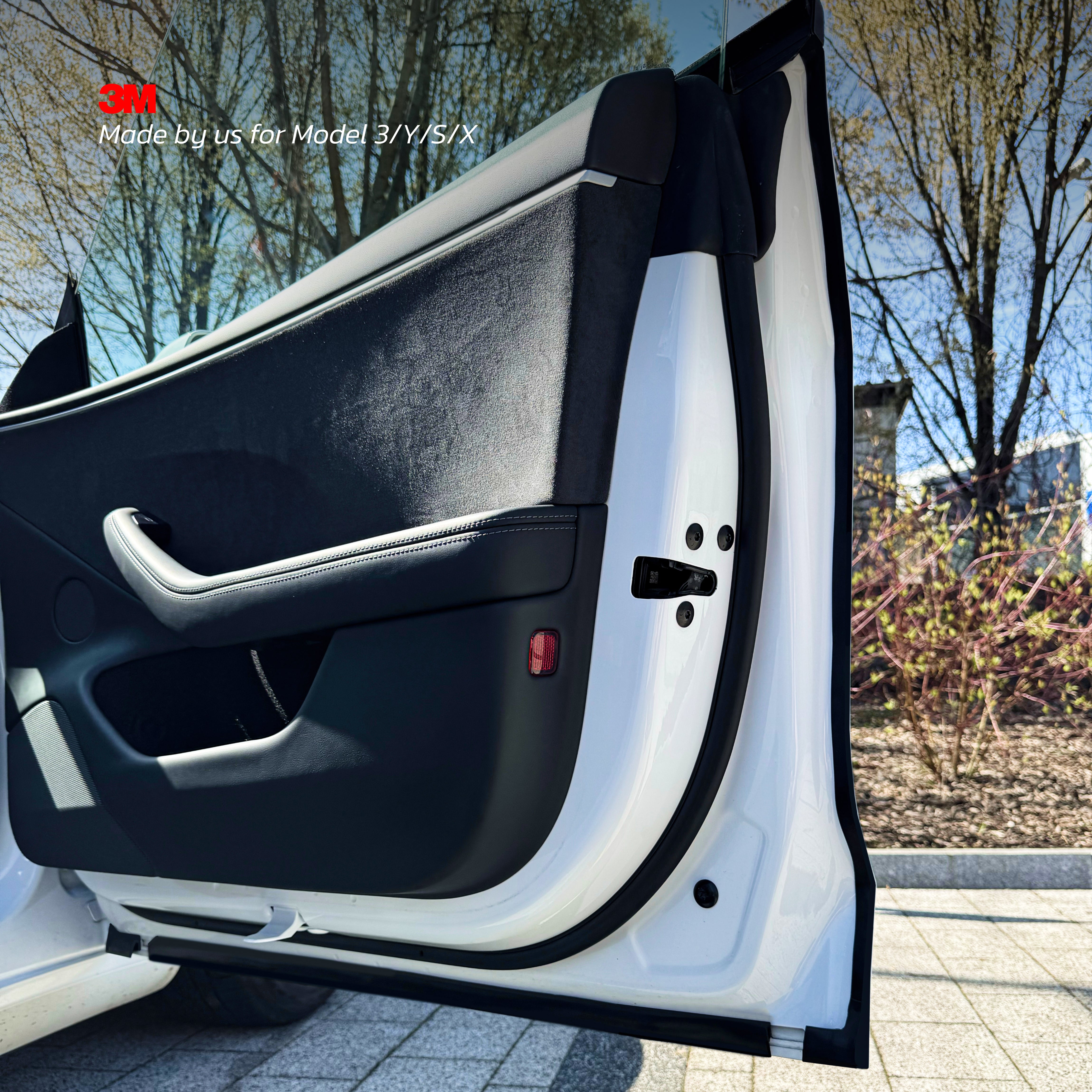
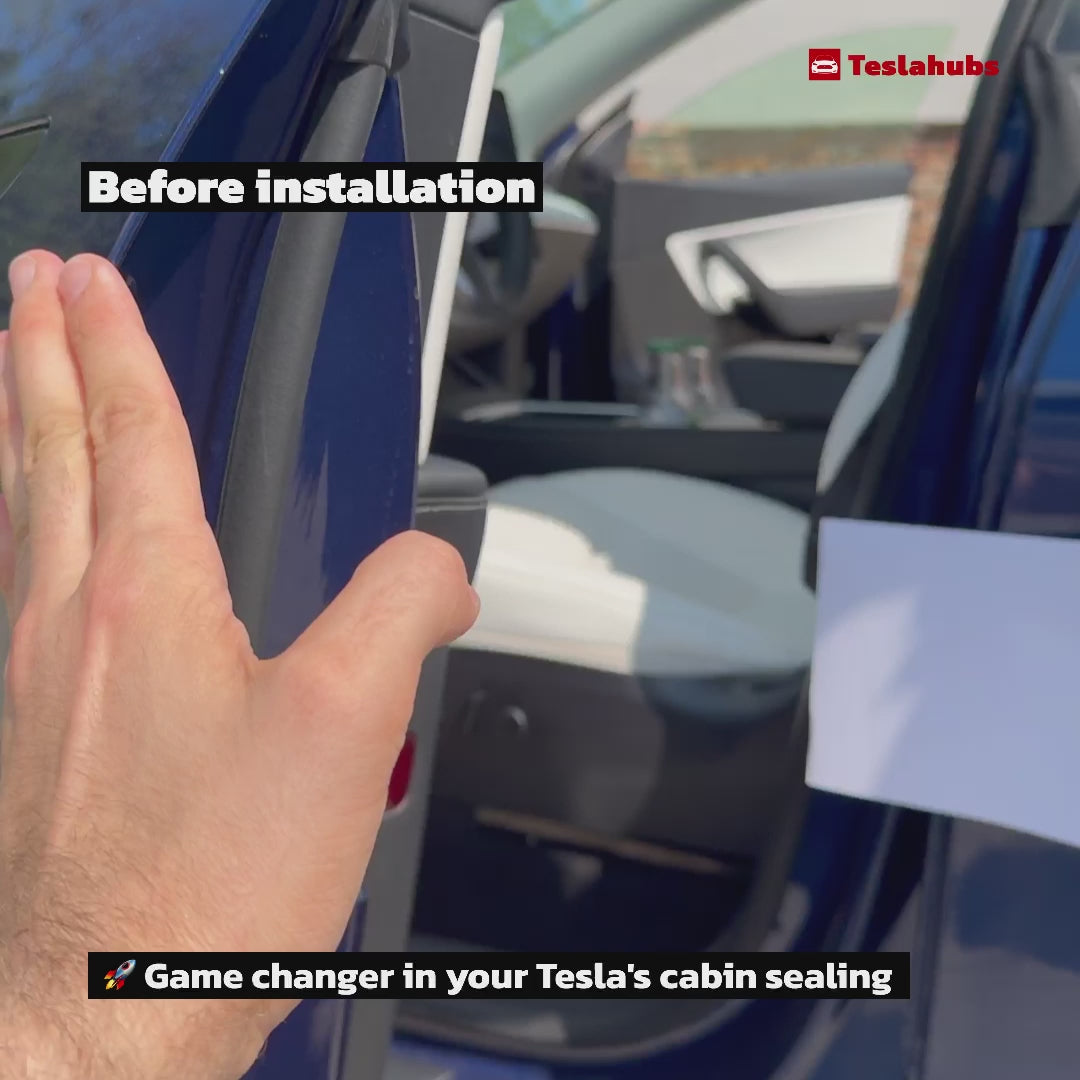

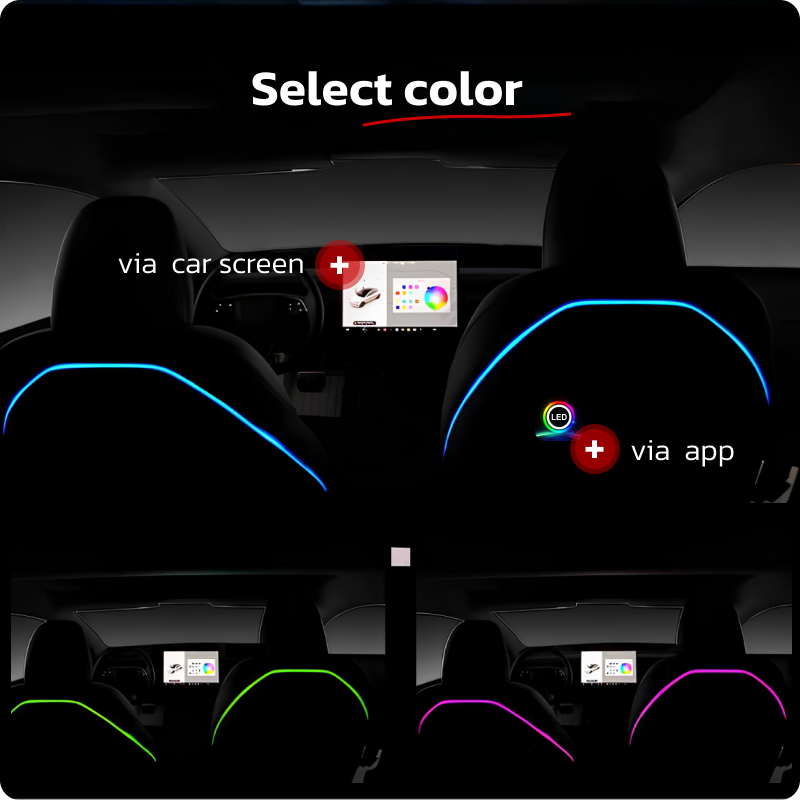
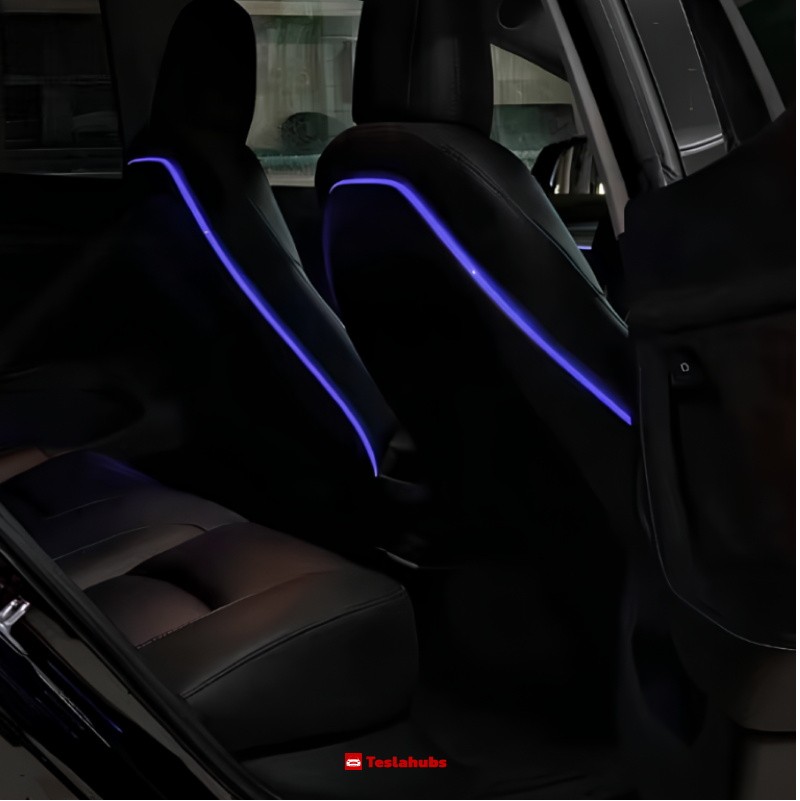
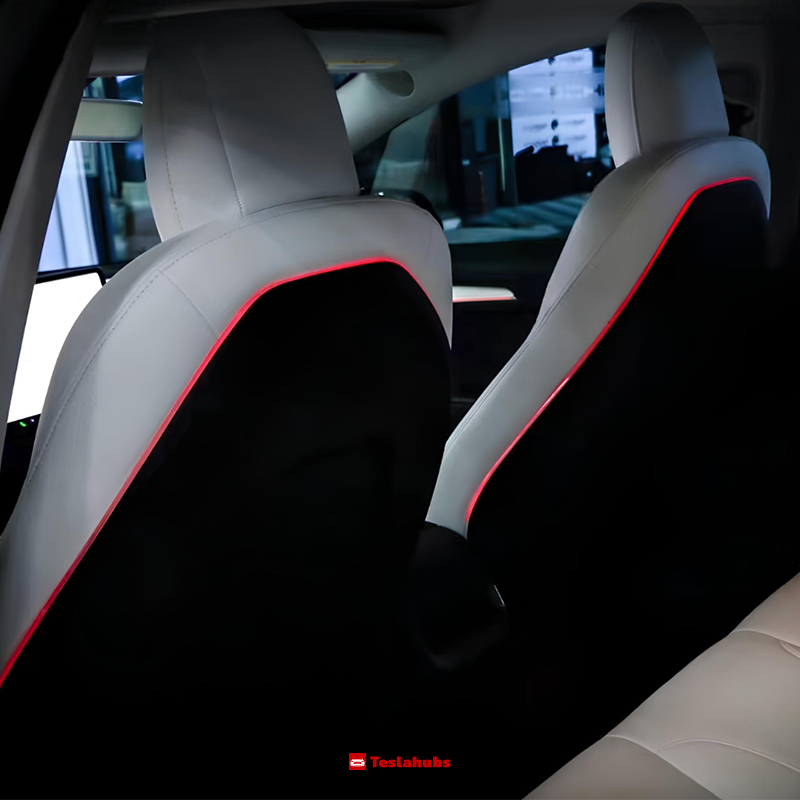
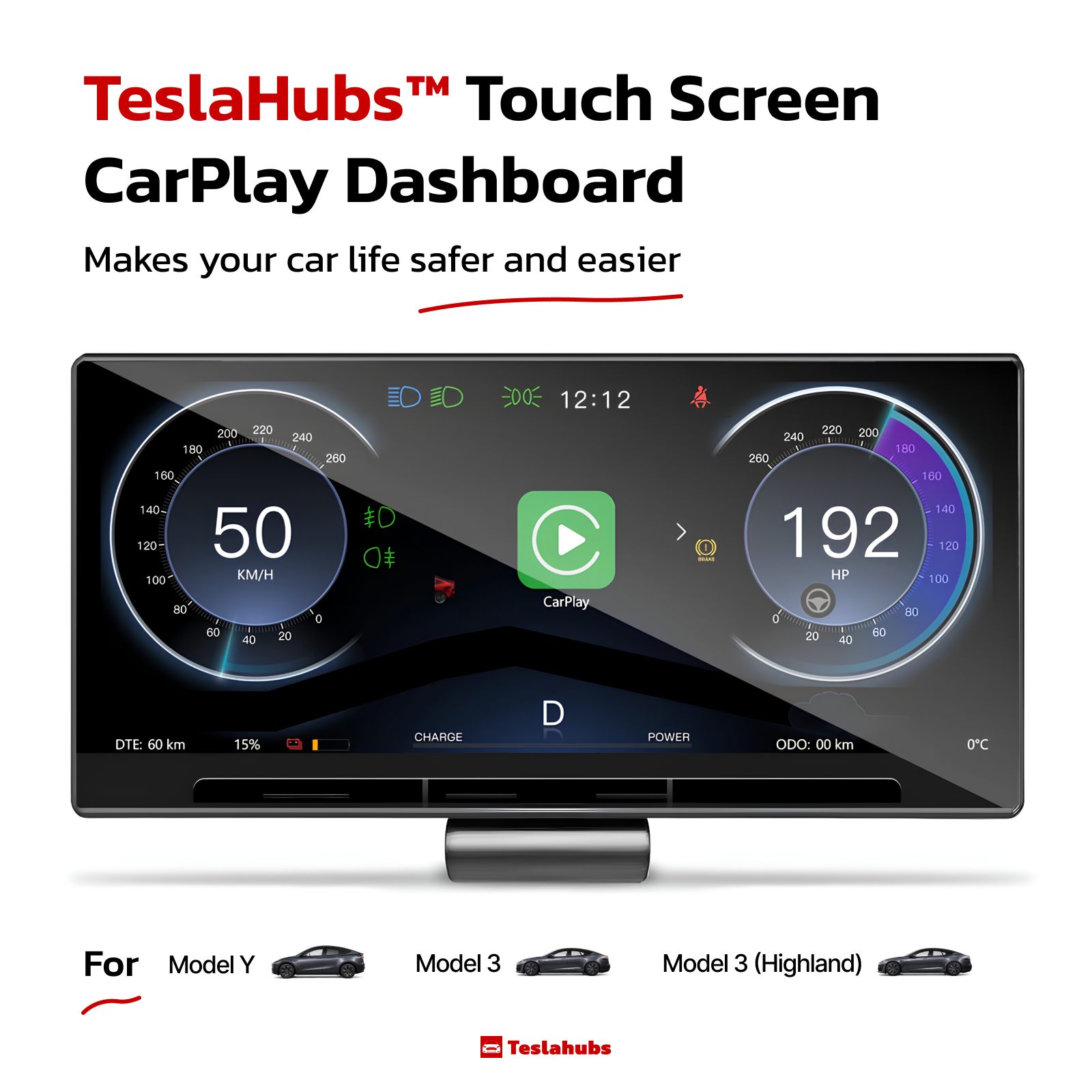
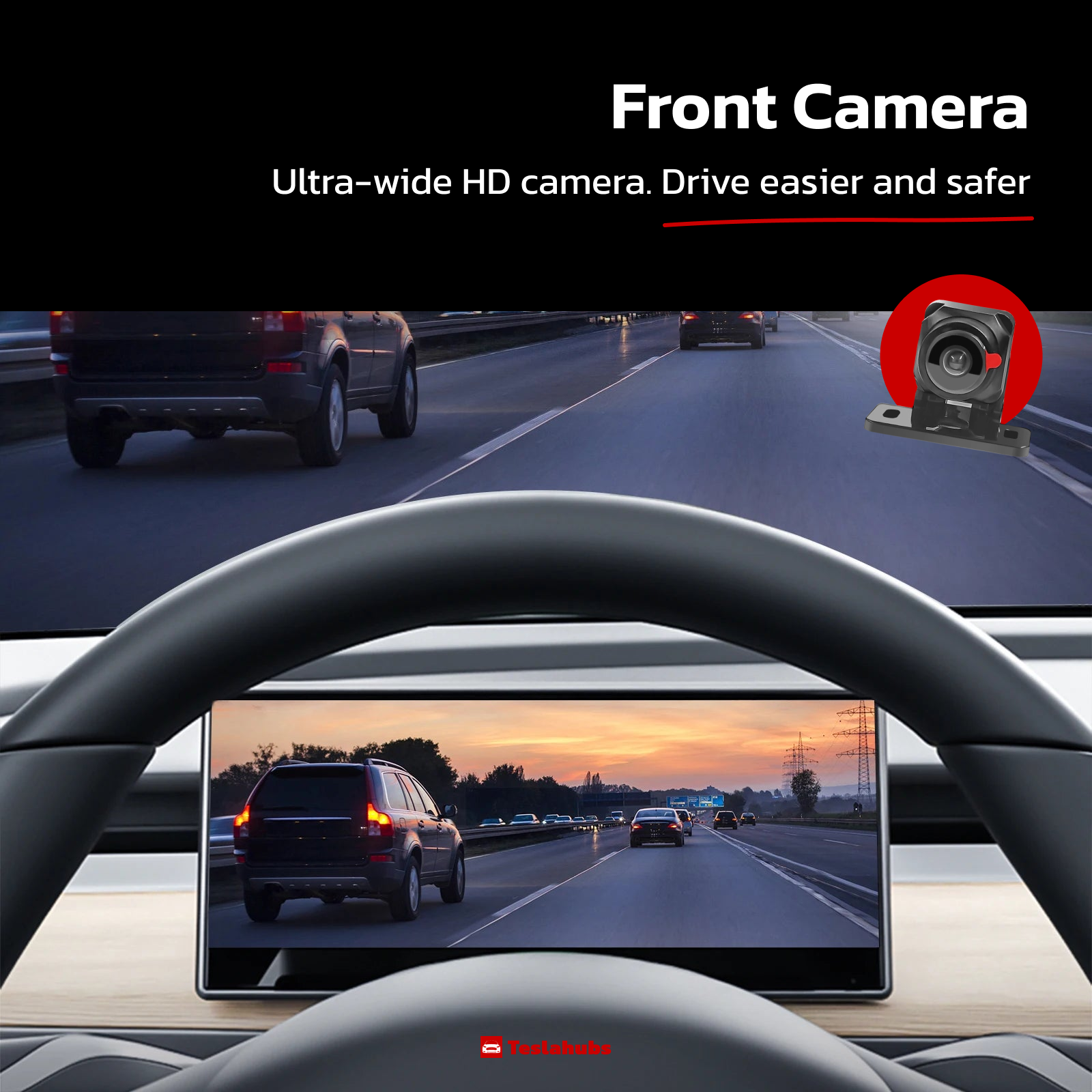
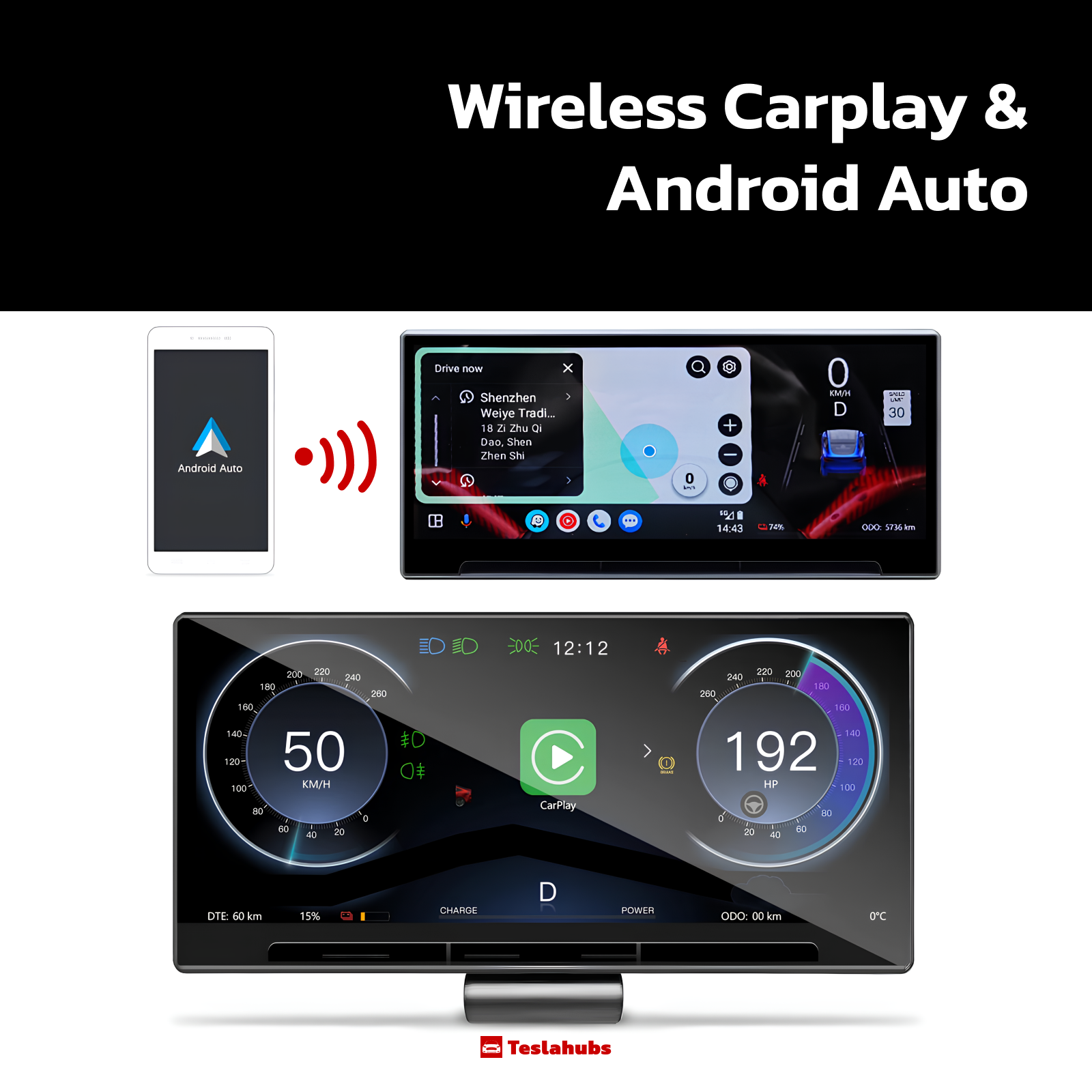
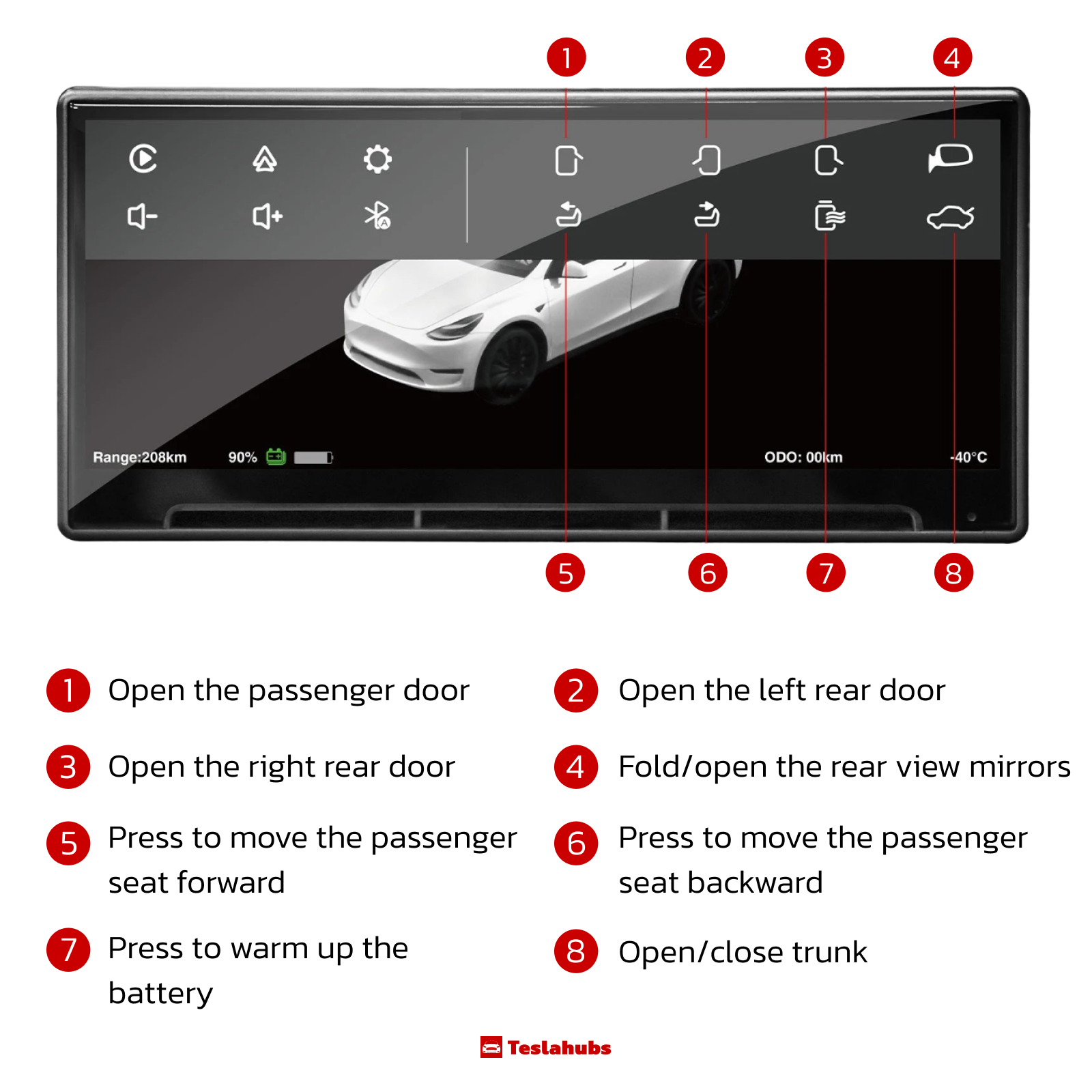
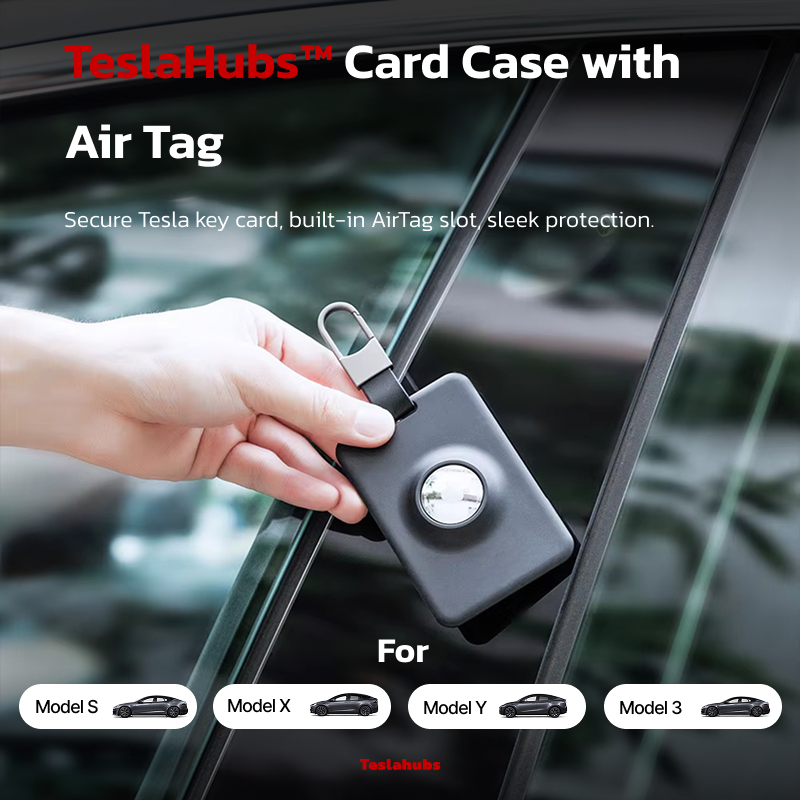
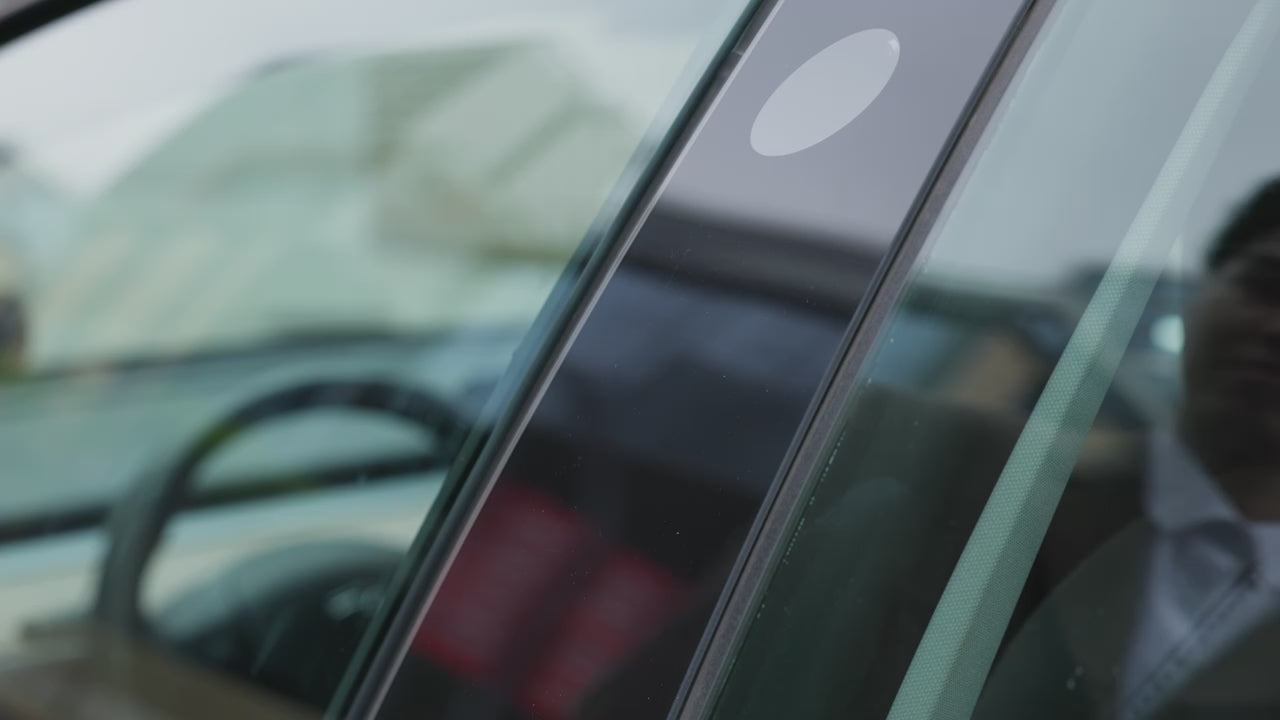
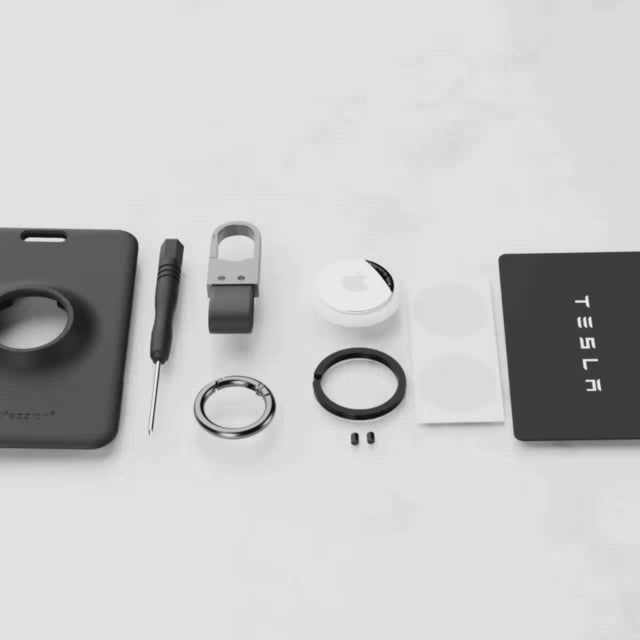
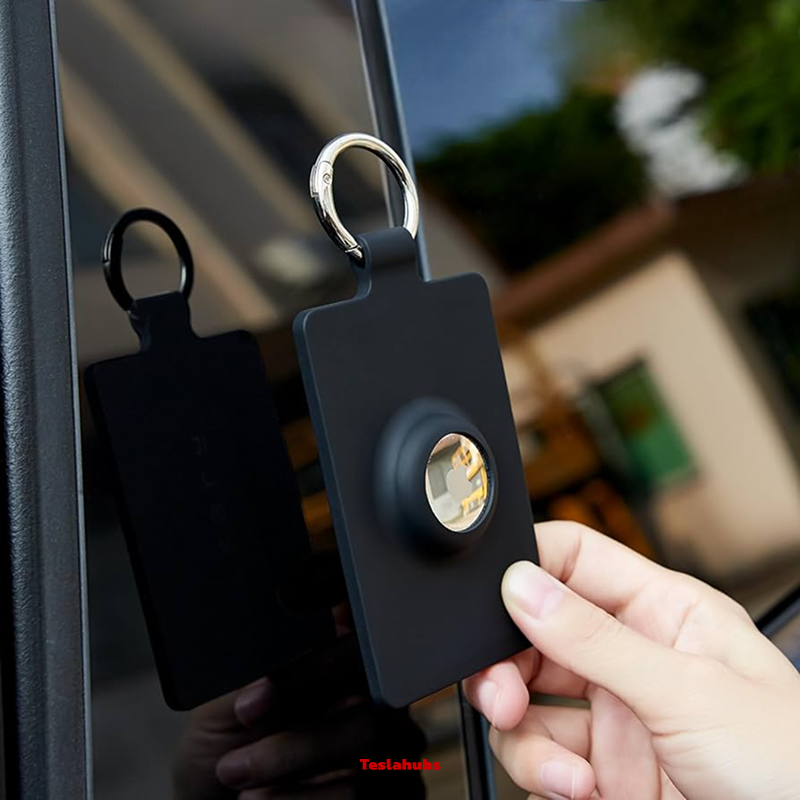
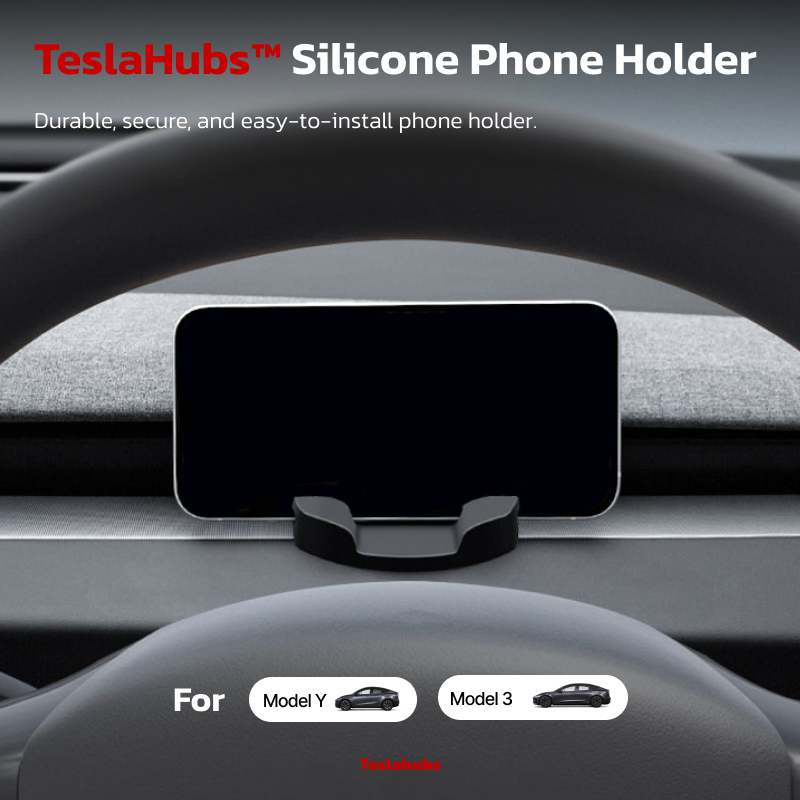
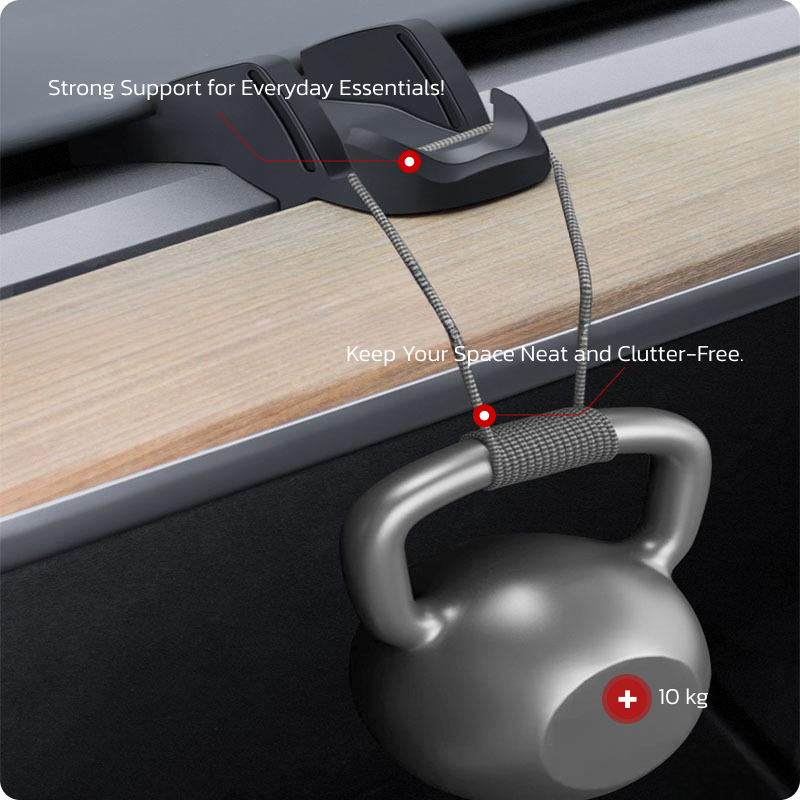
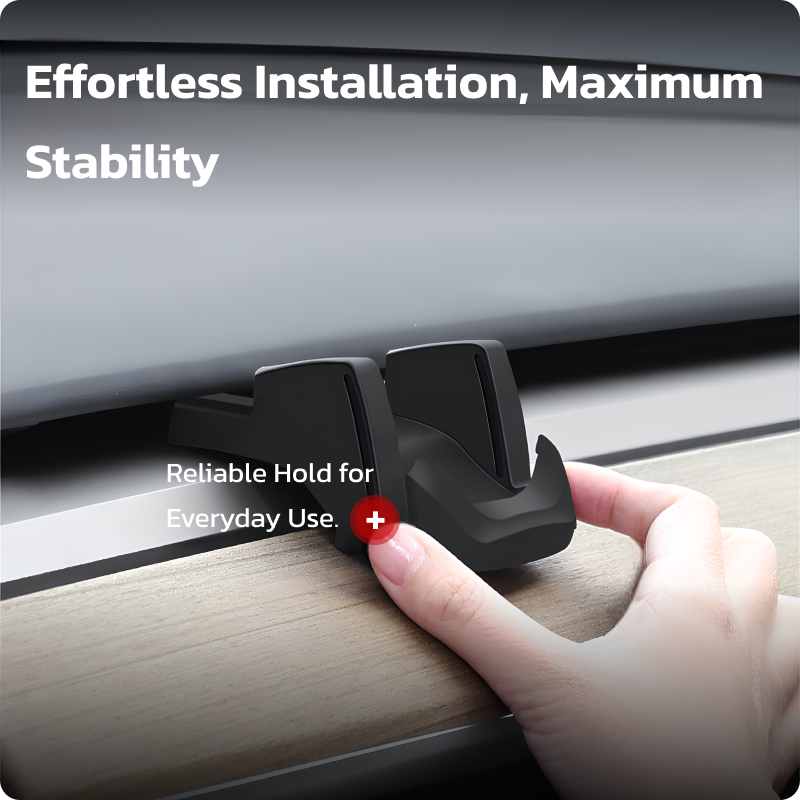
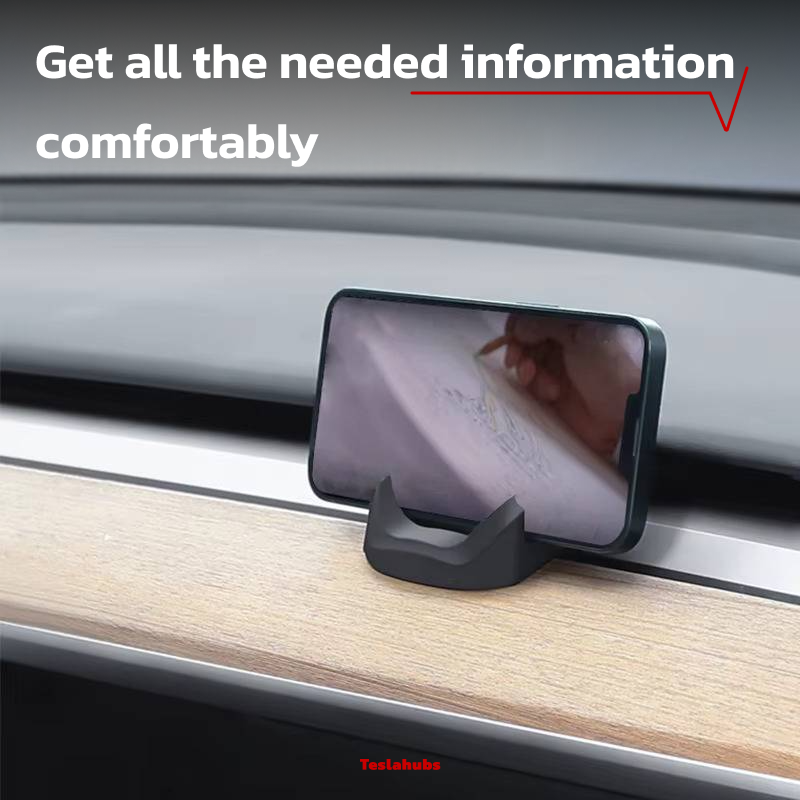
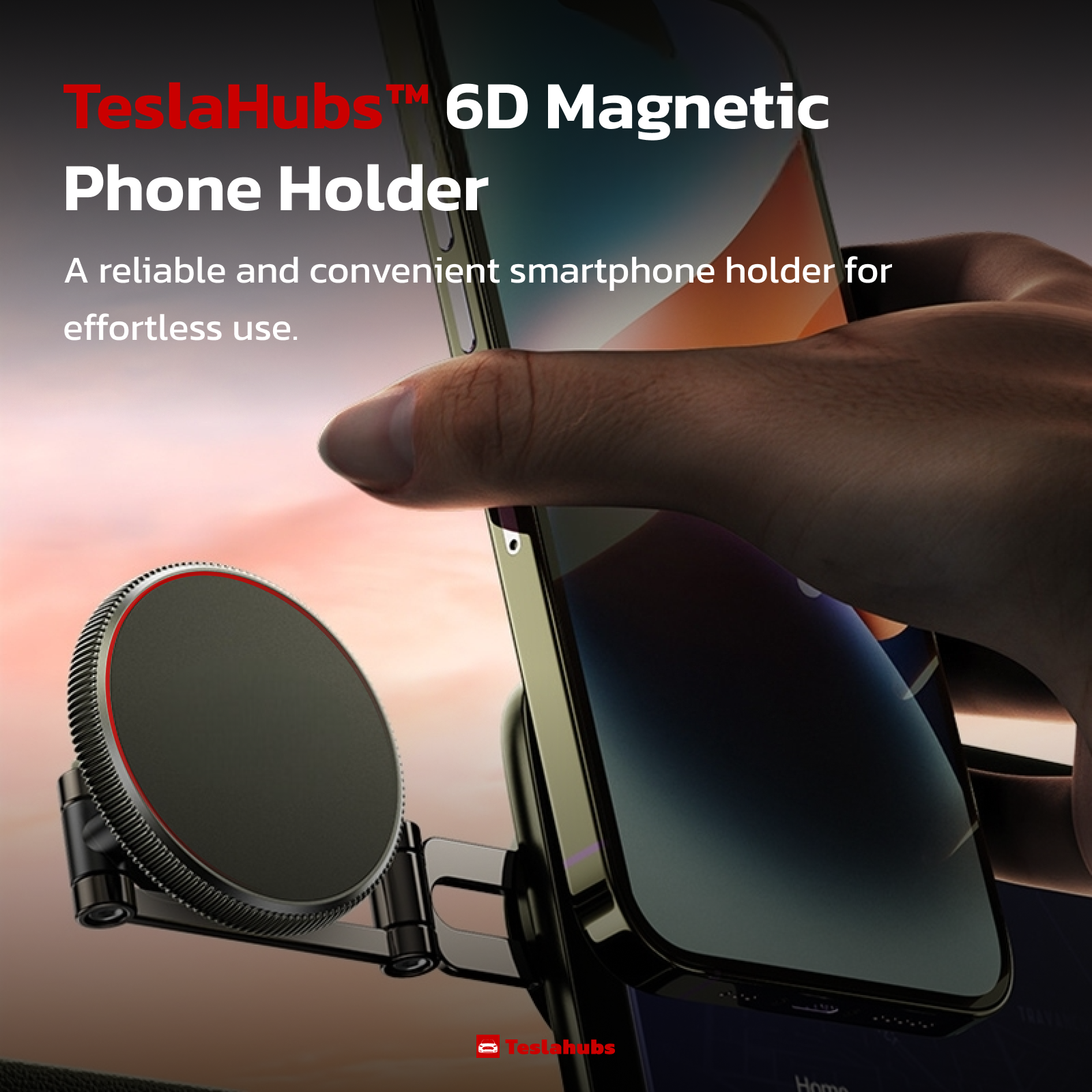
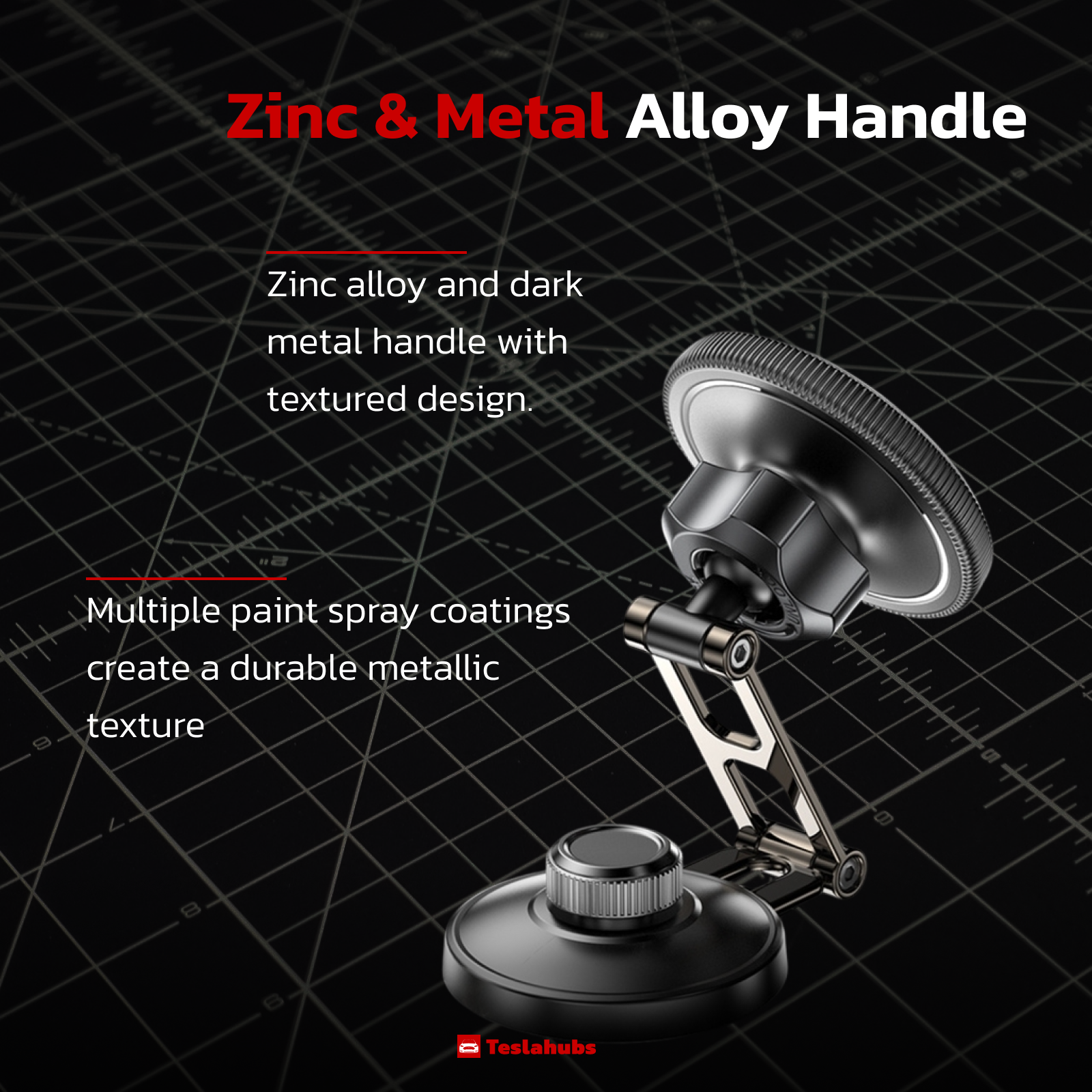
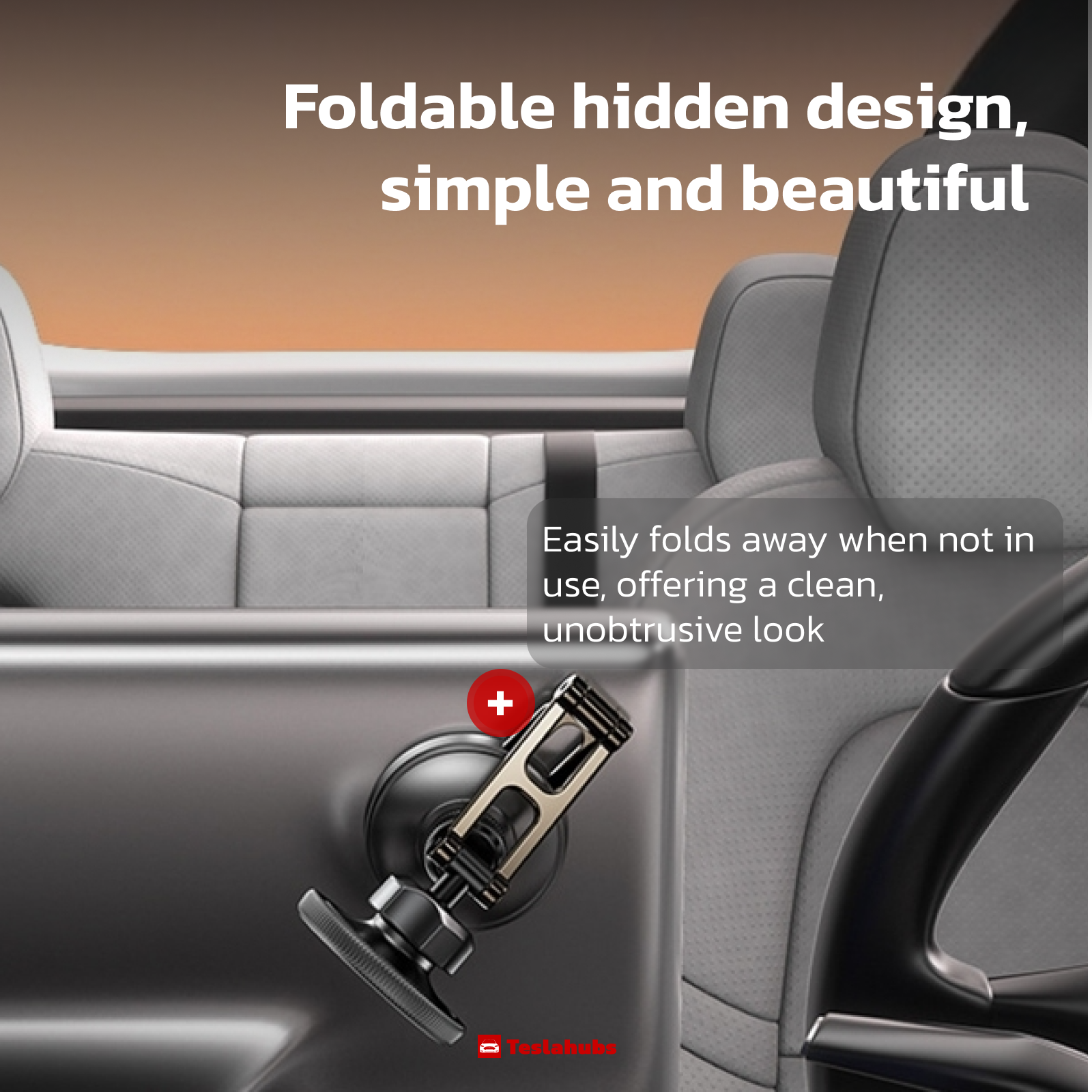
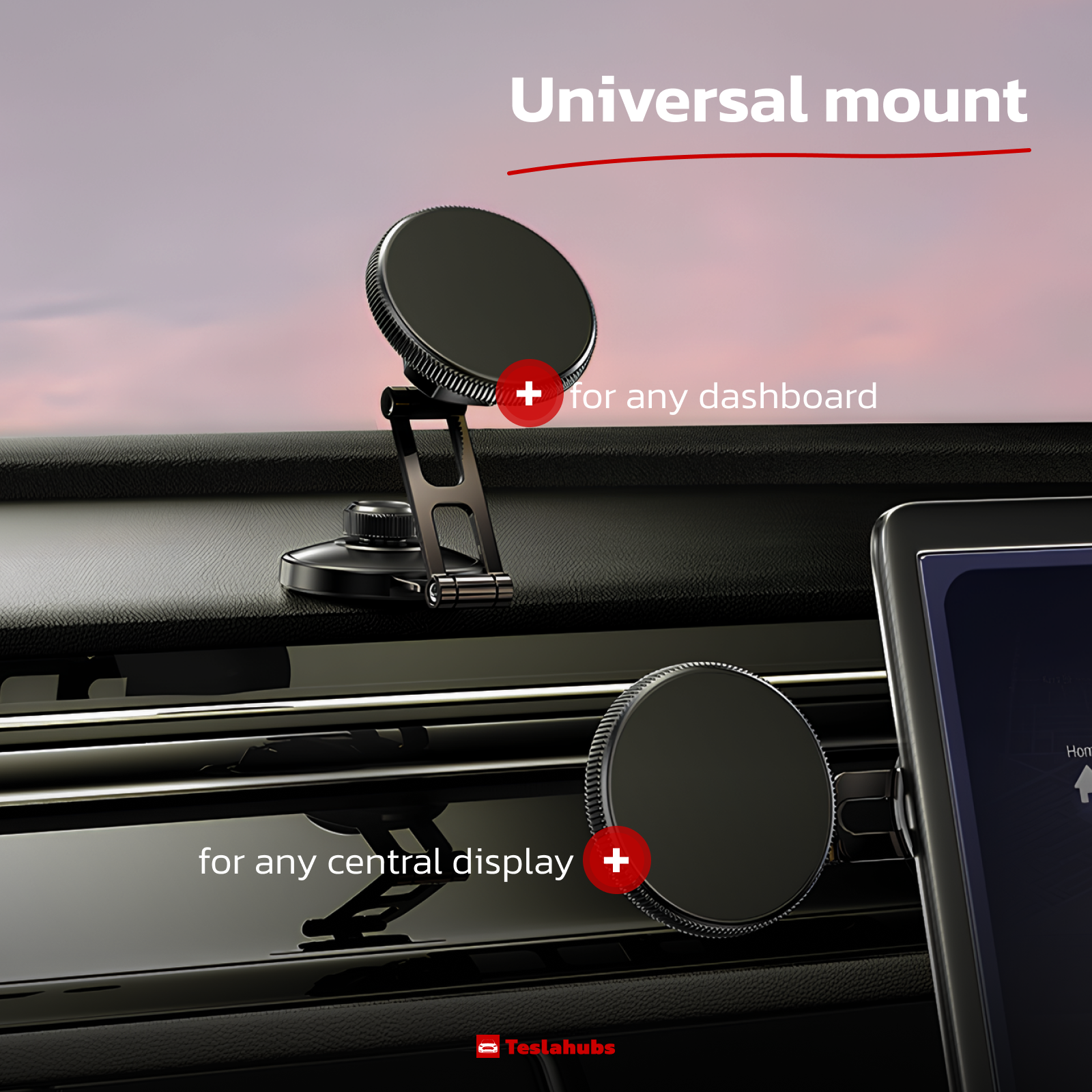
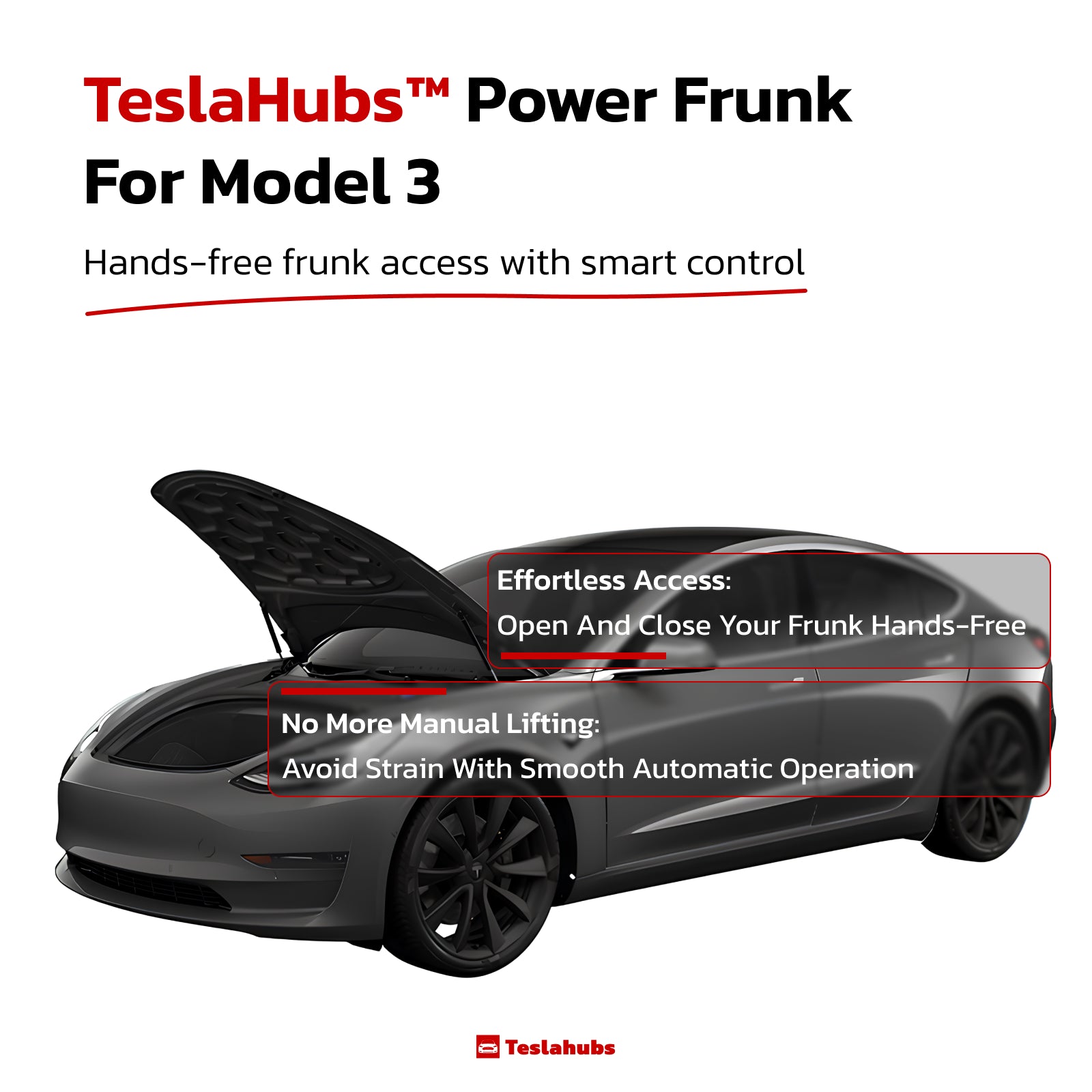
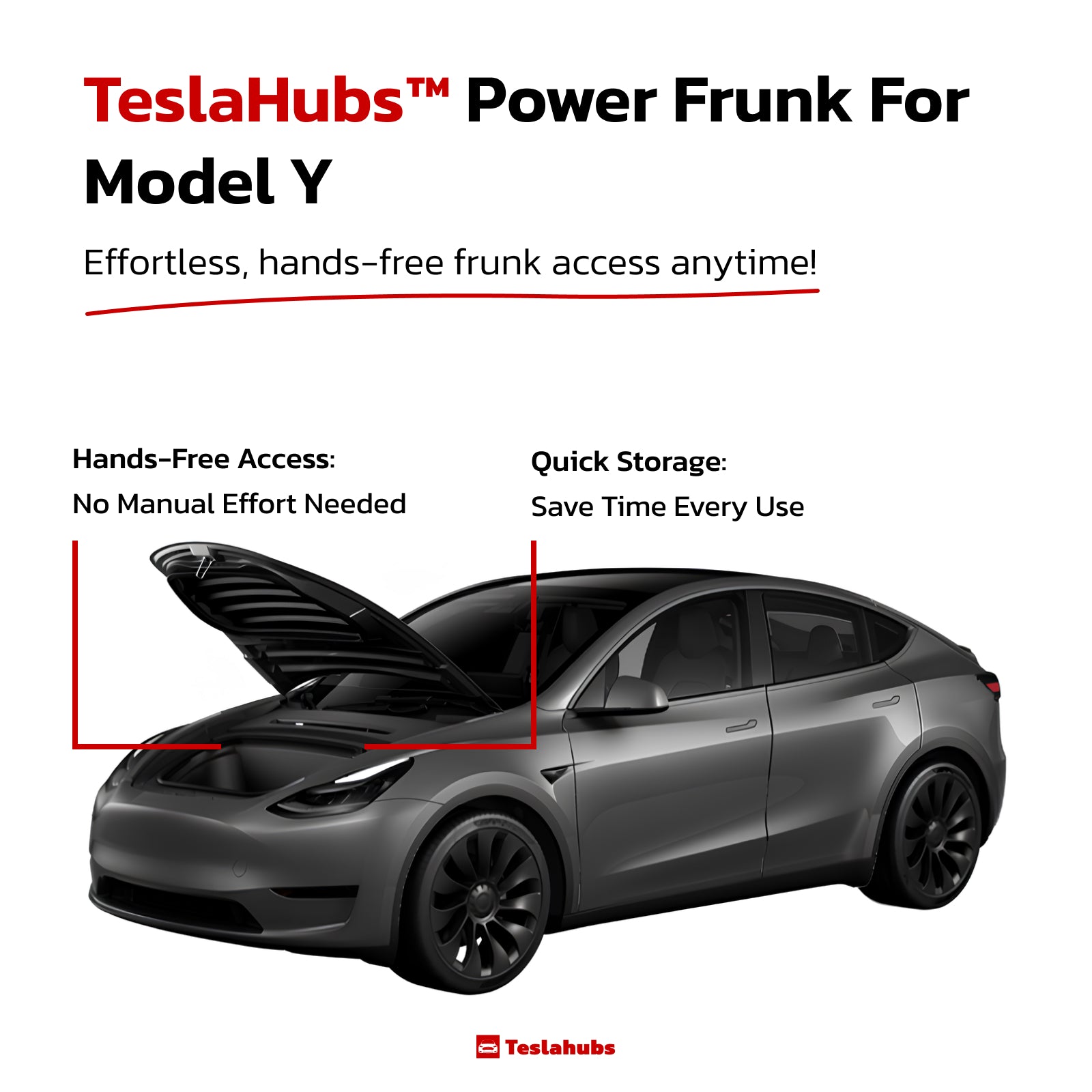
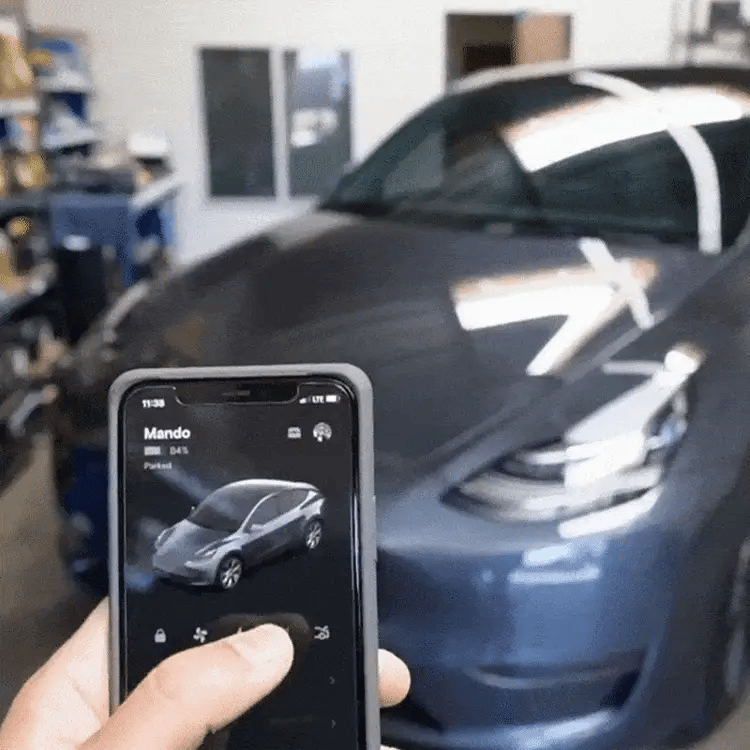
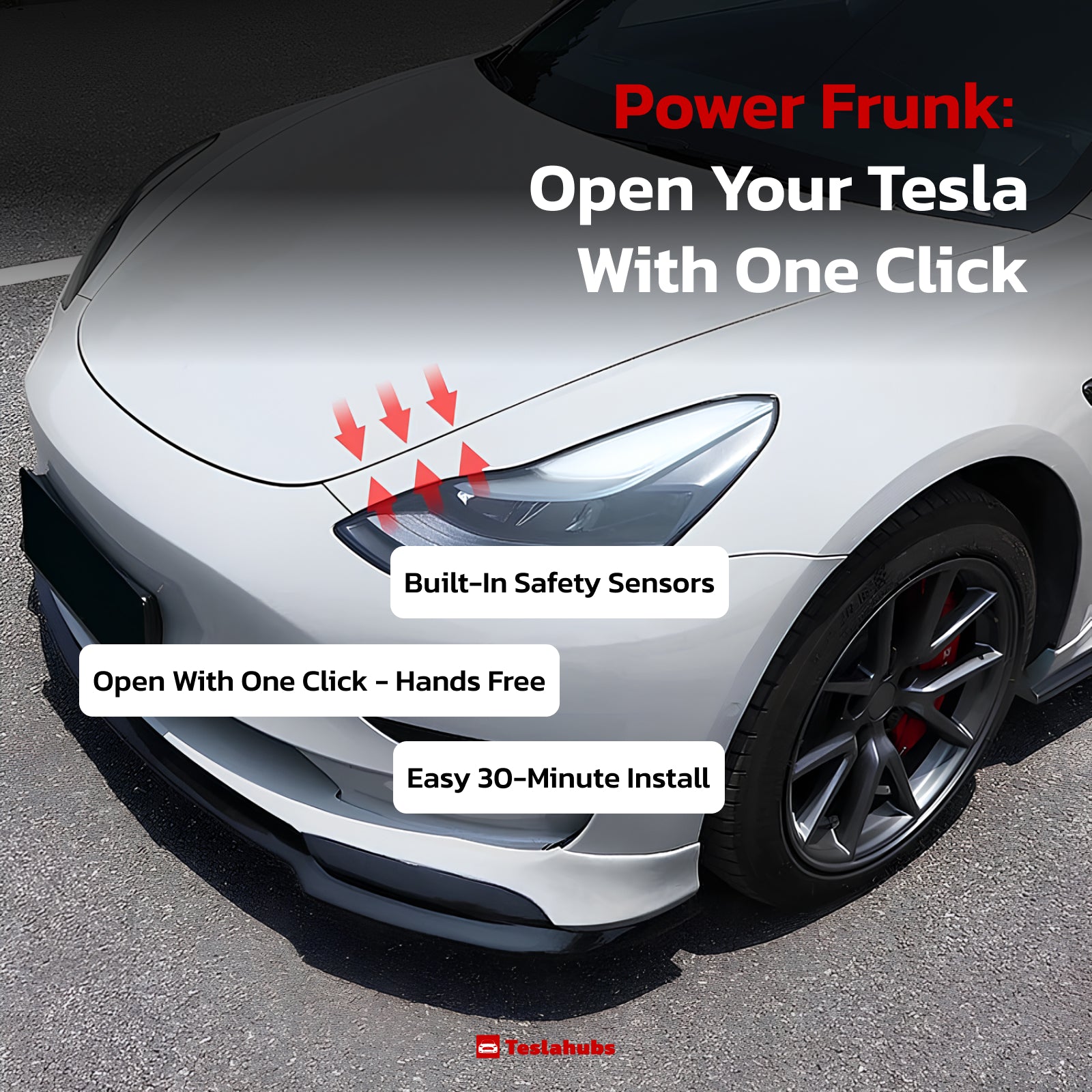
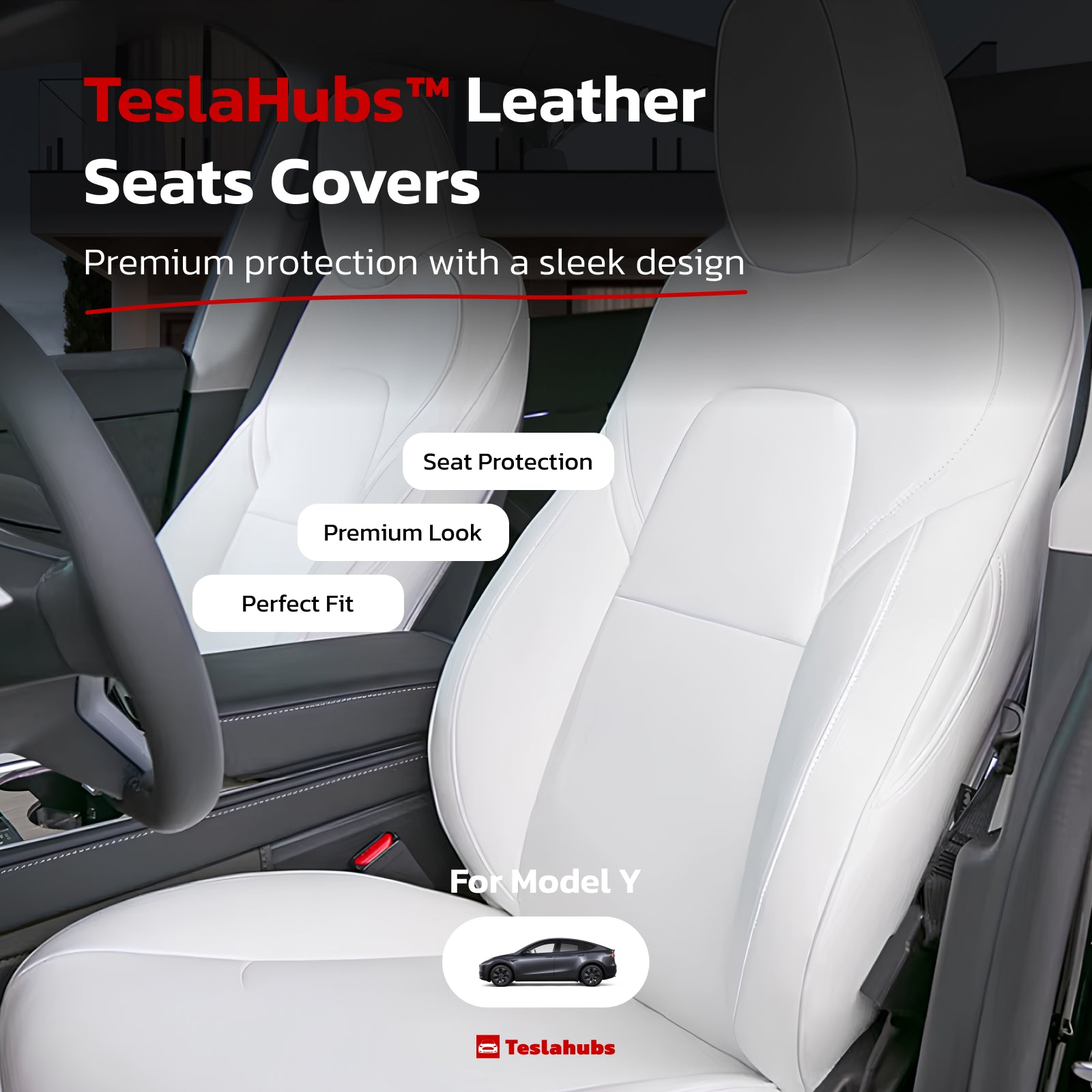
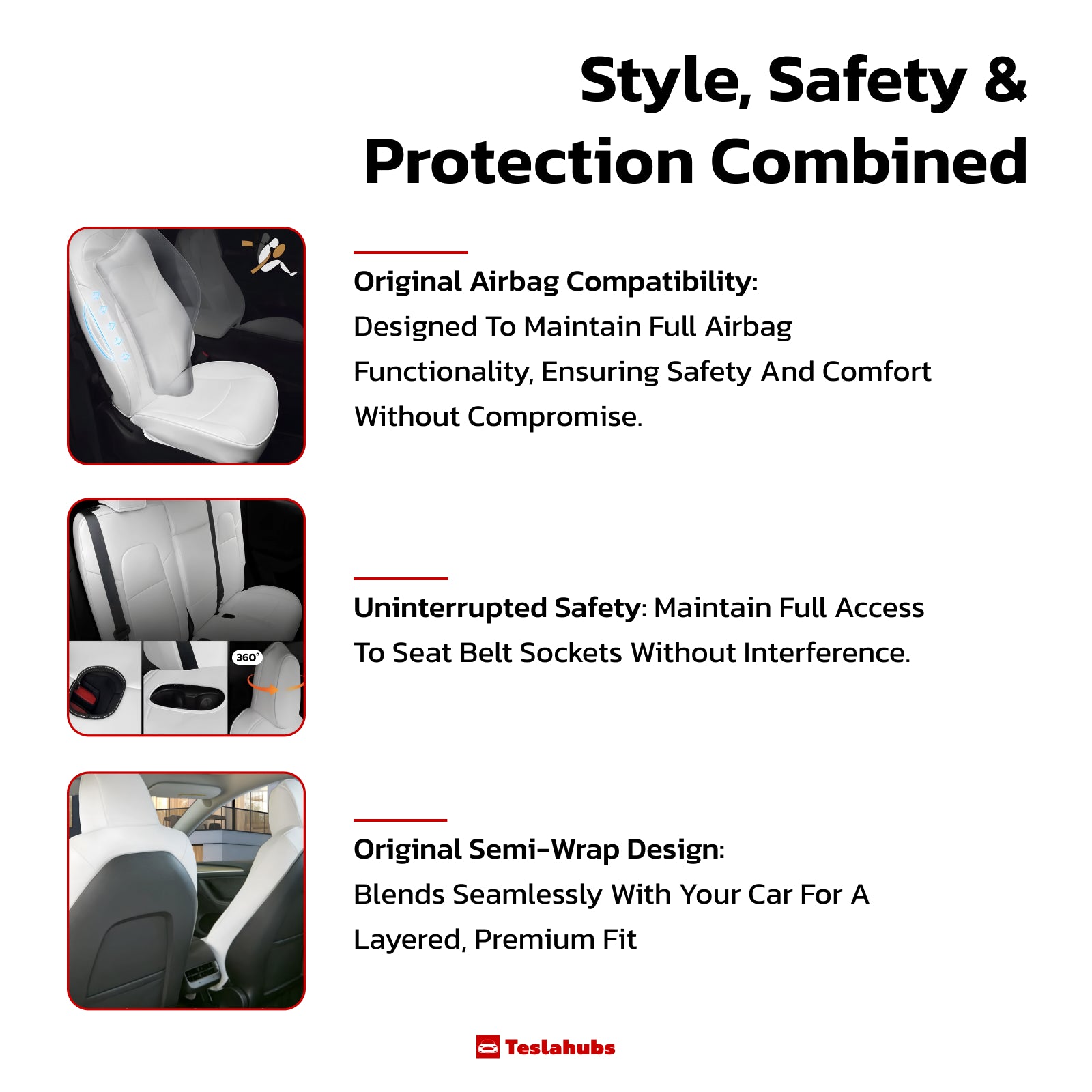
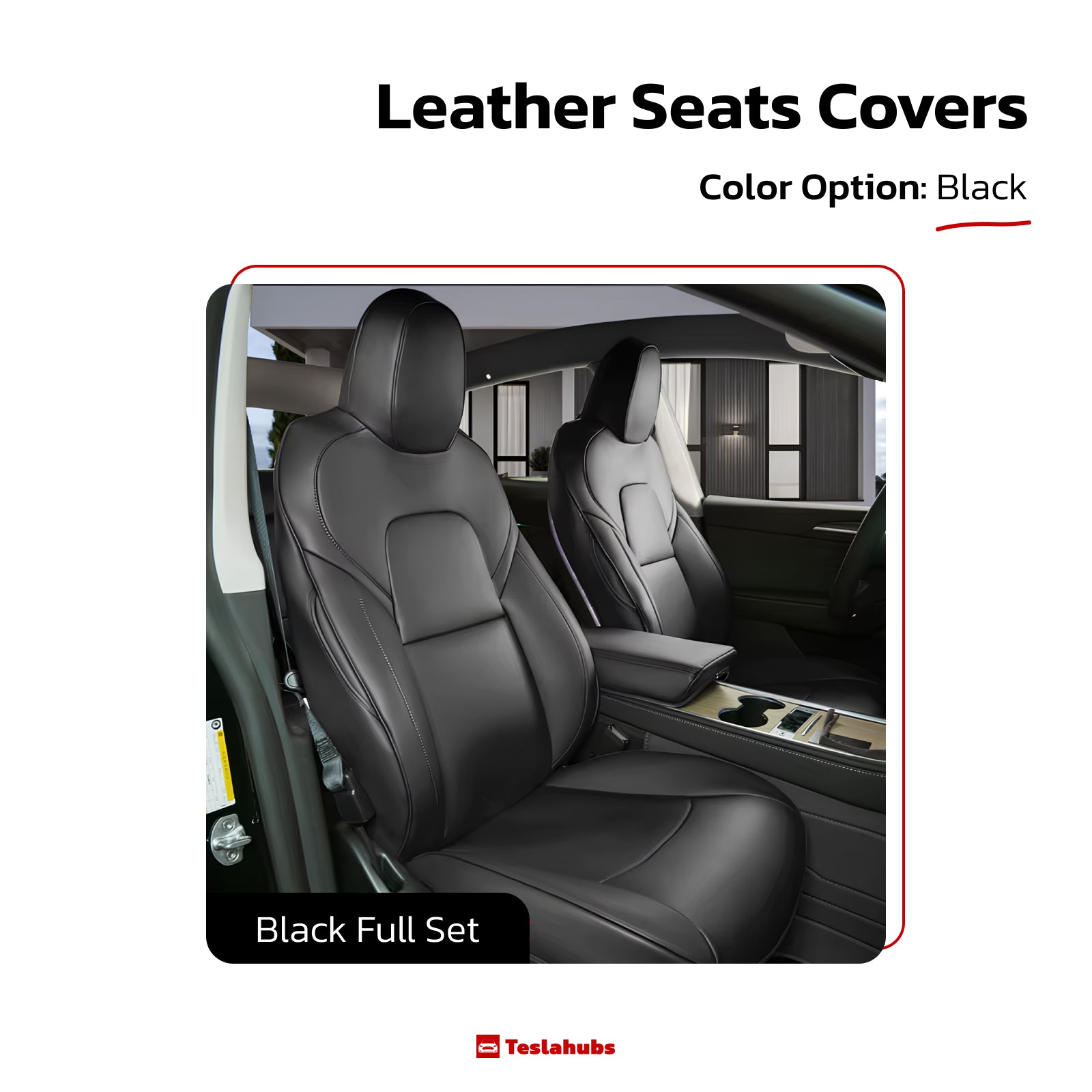
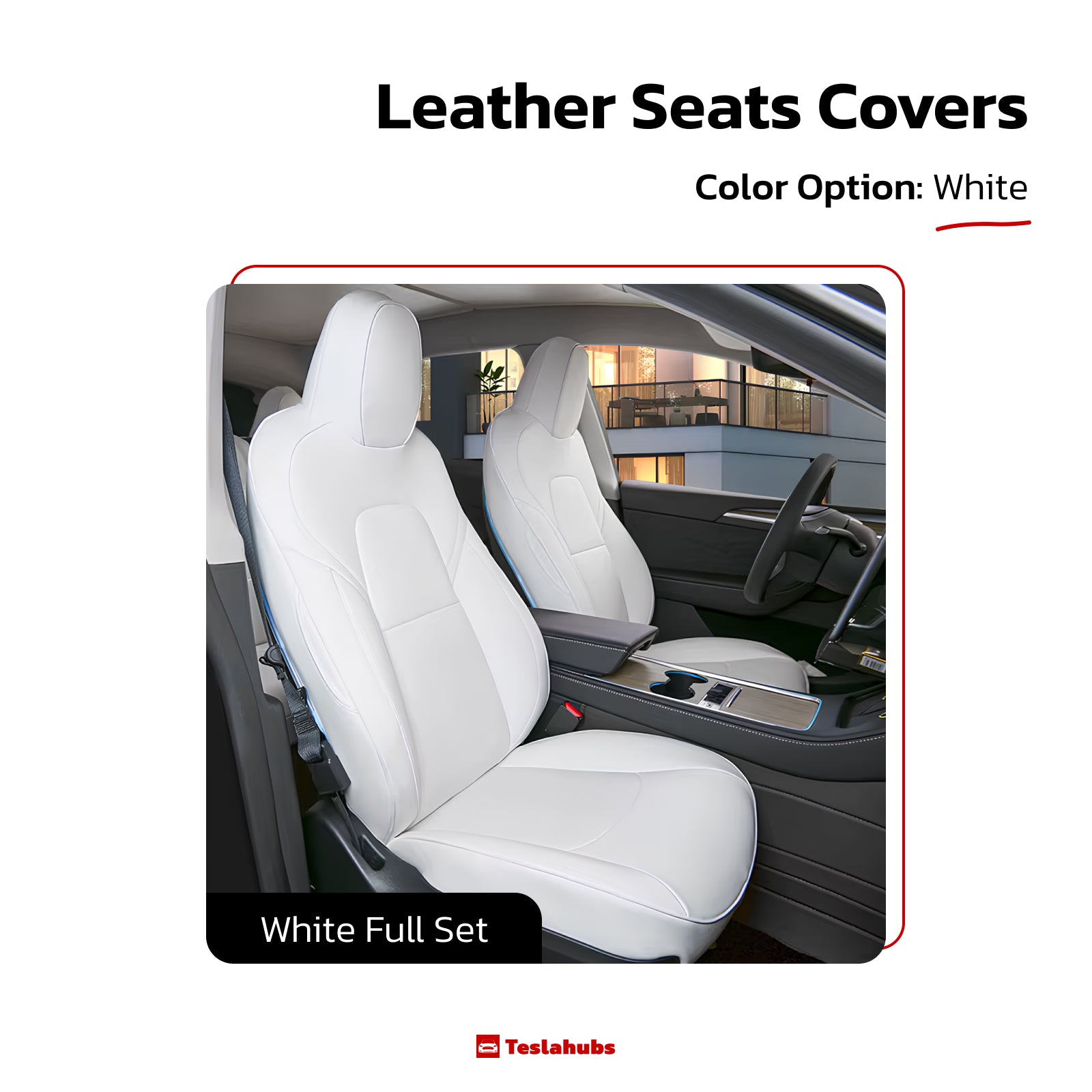
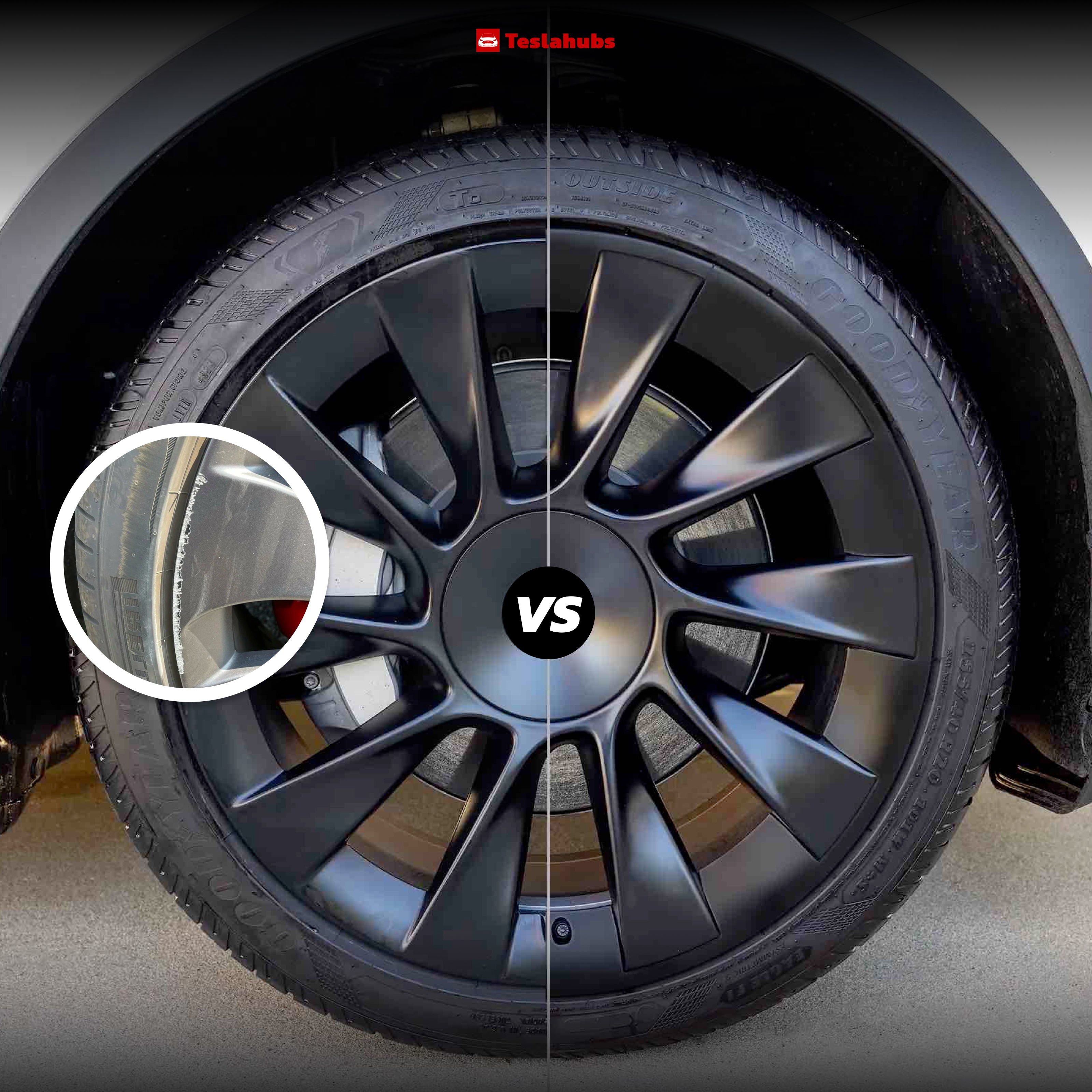

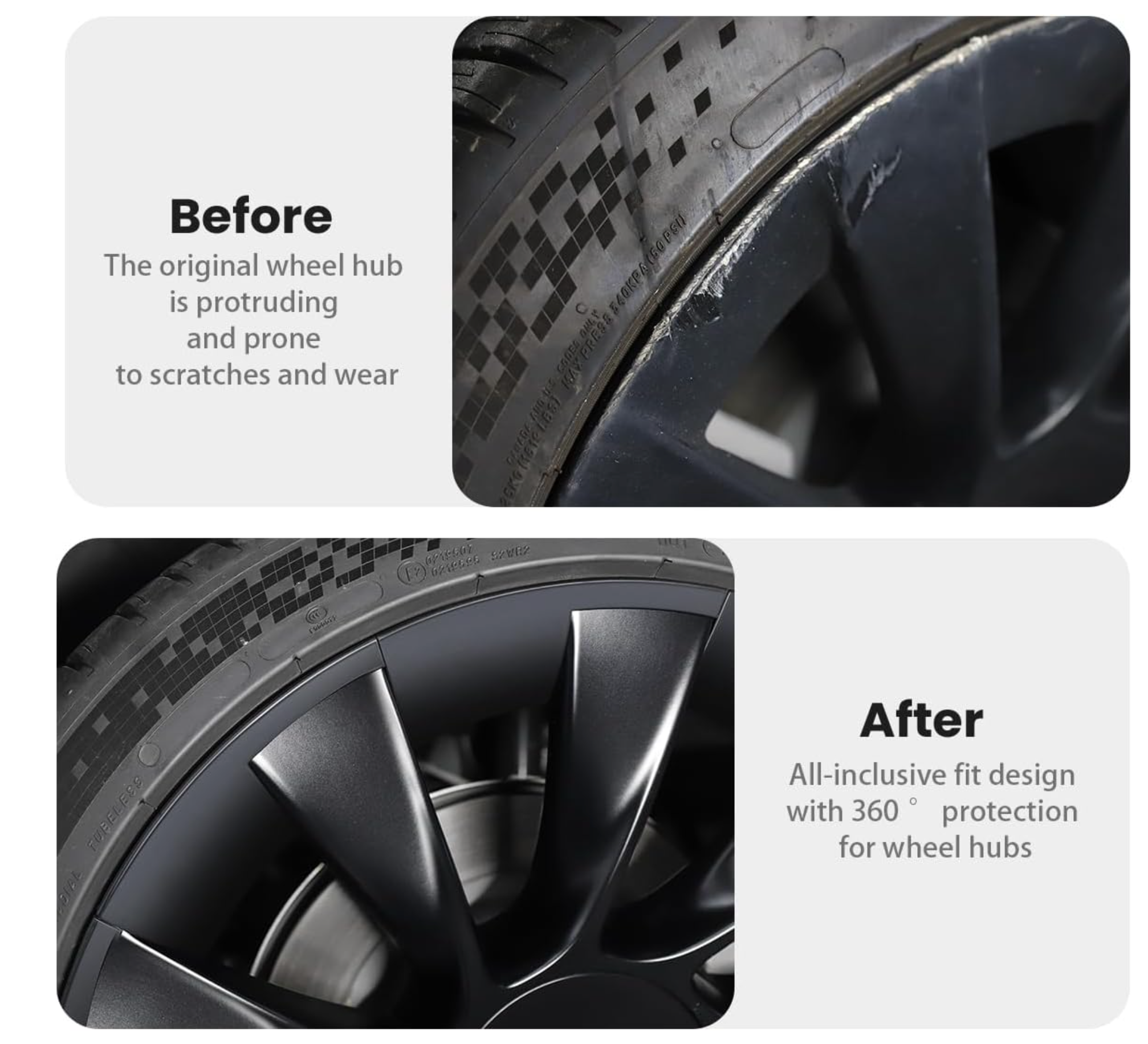
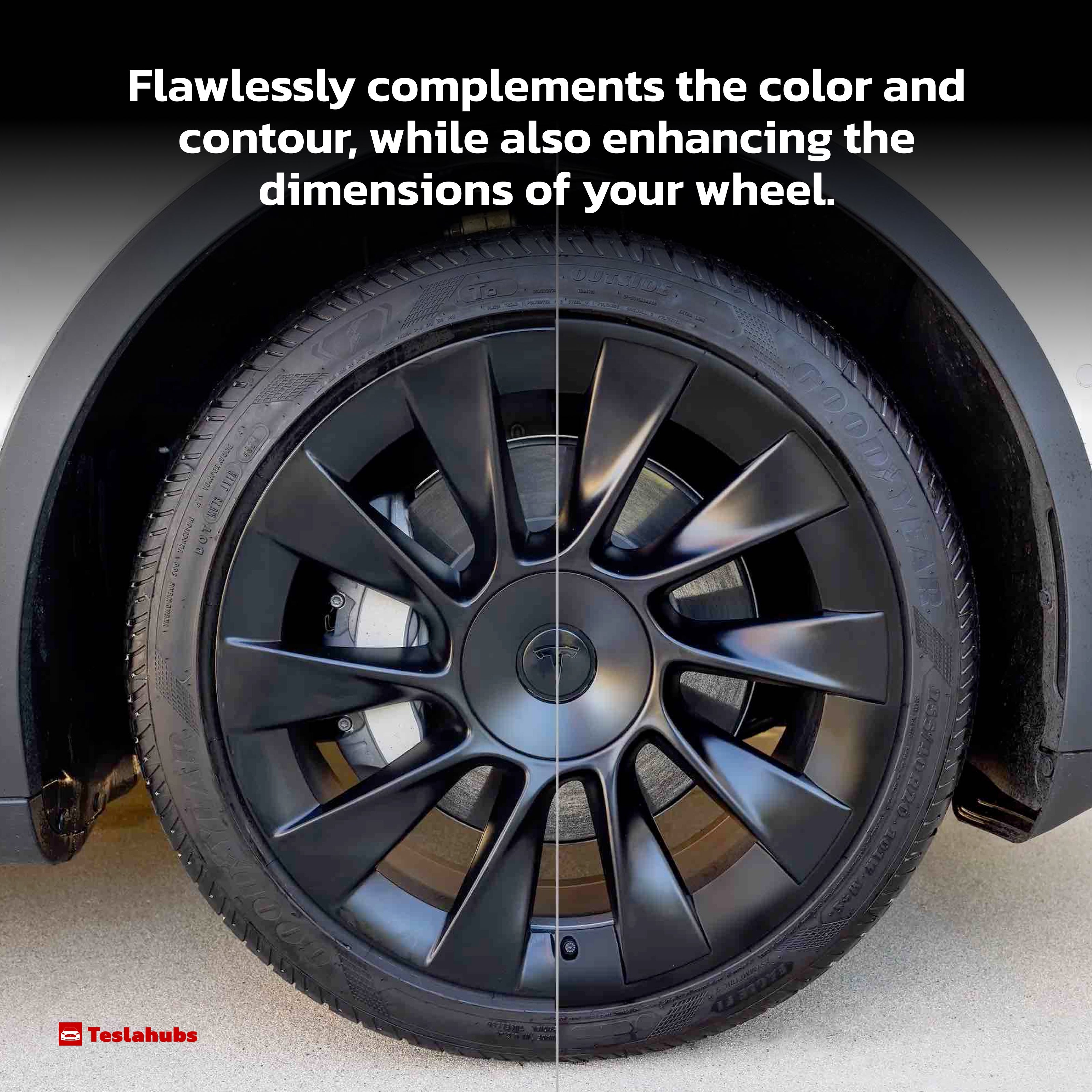
Share:
How to Choose the Best Car Covers and Sunshades: A Comprehensive Guide
Does Tesla Provide Floor Mats with Their Cars?